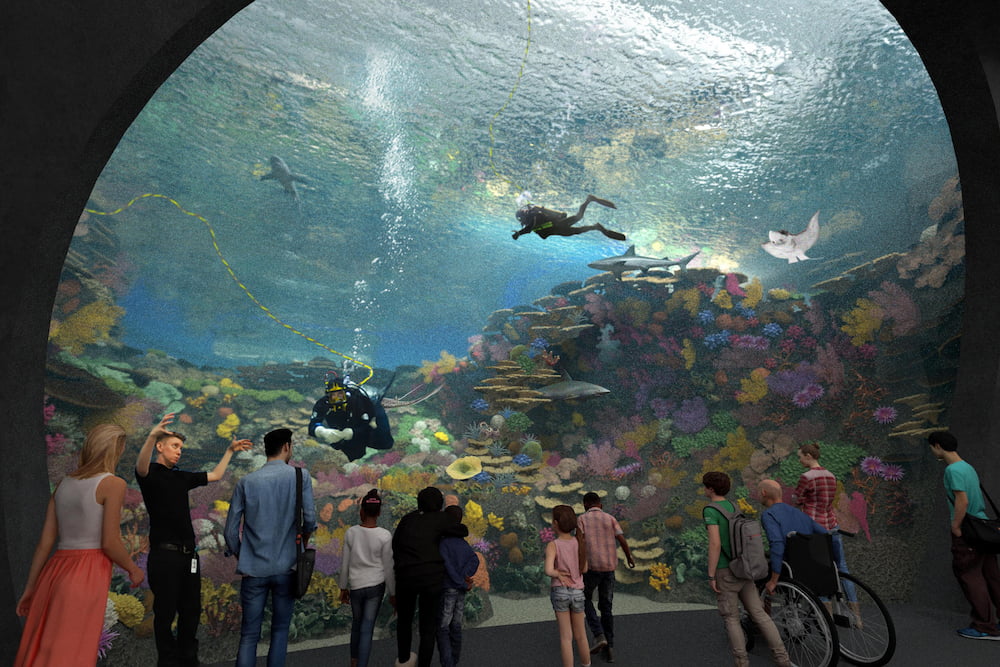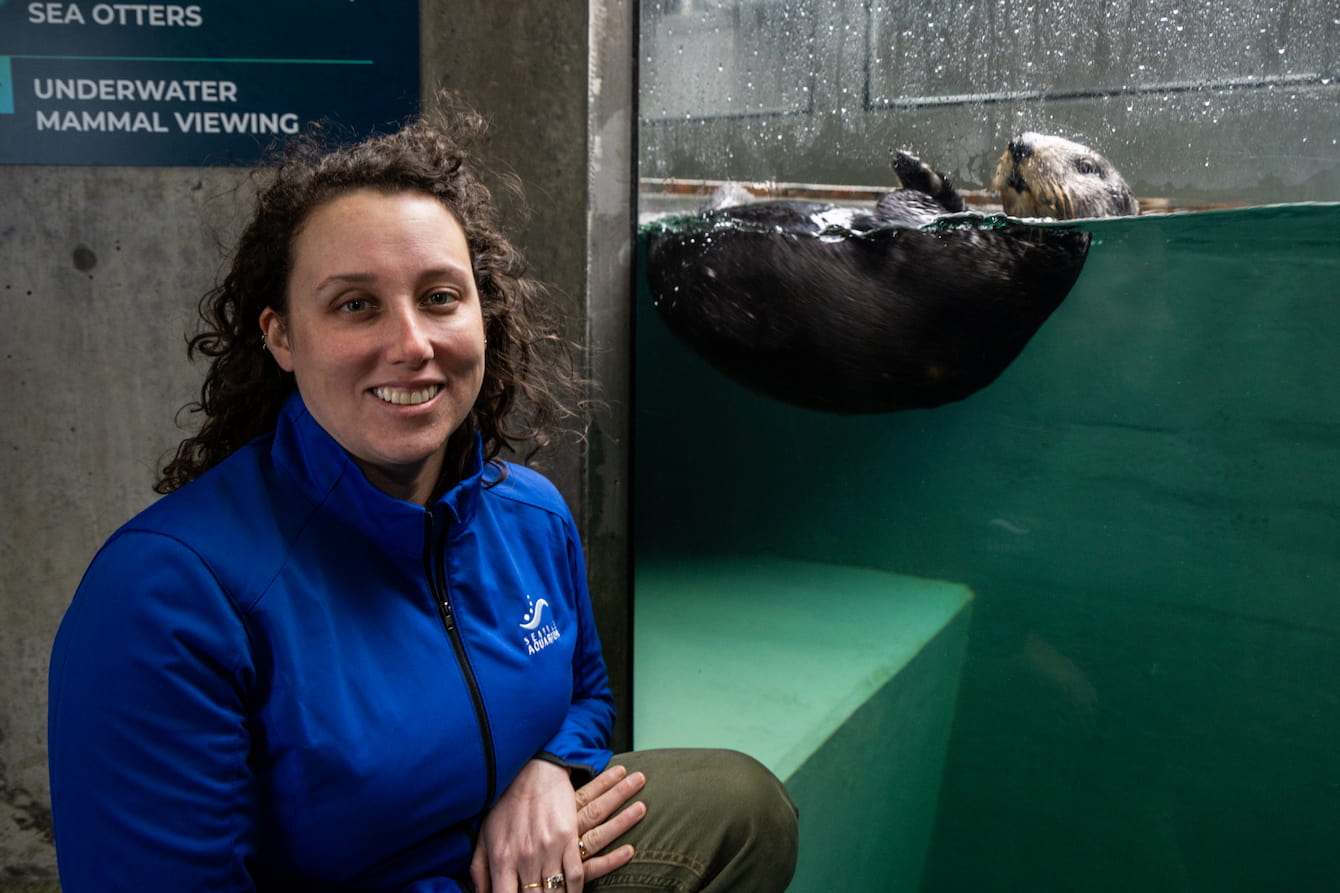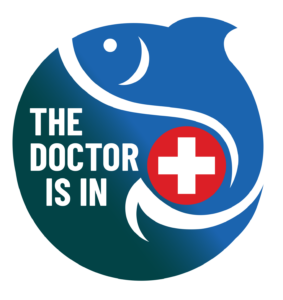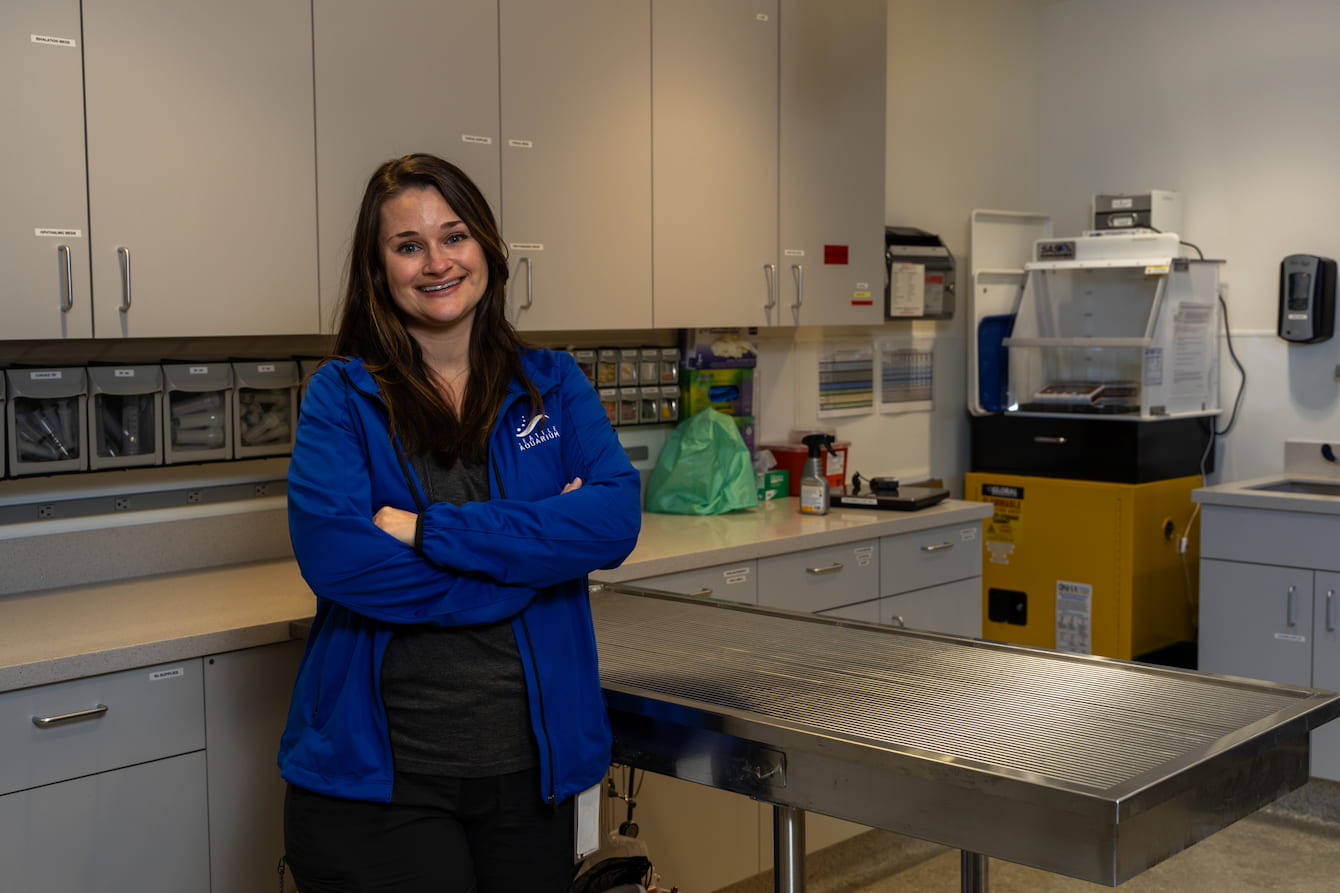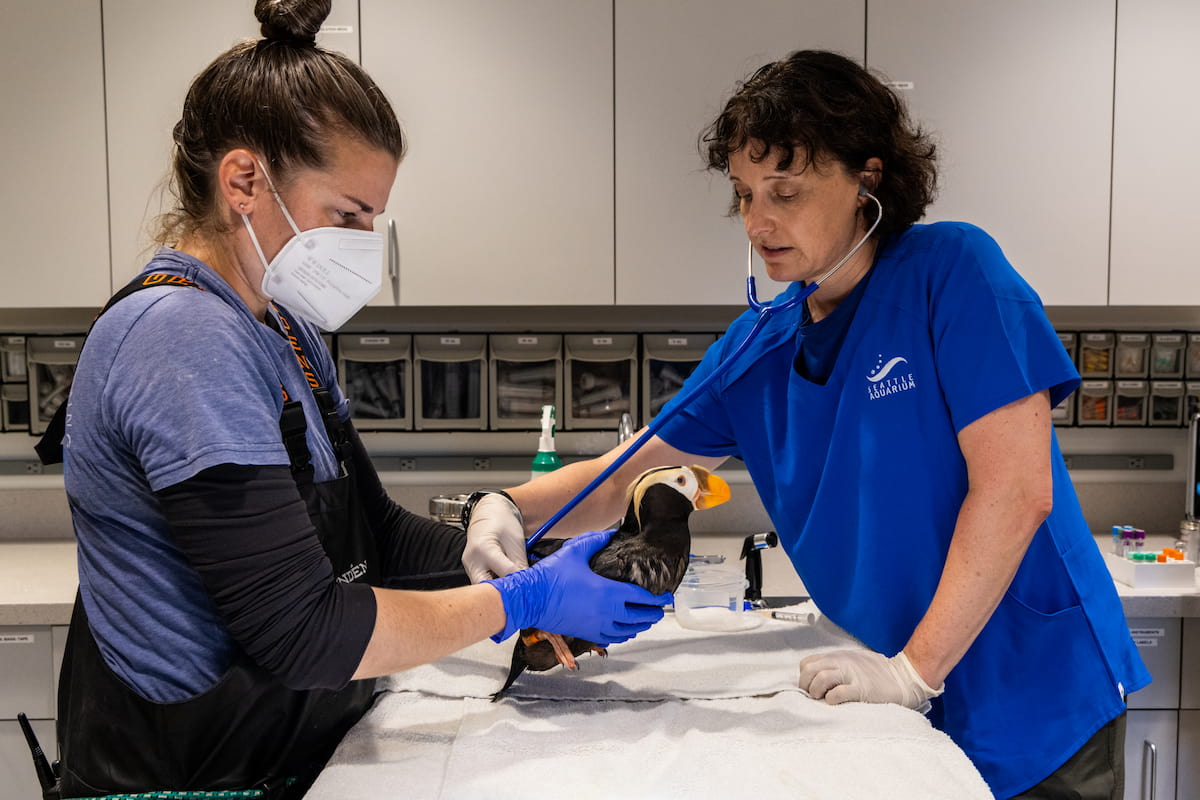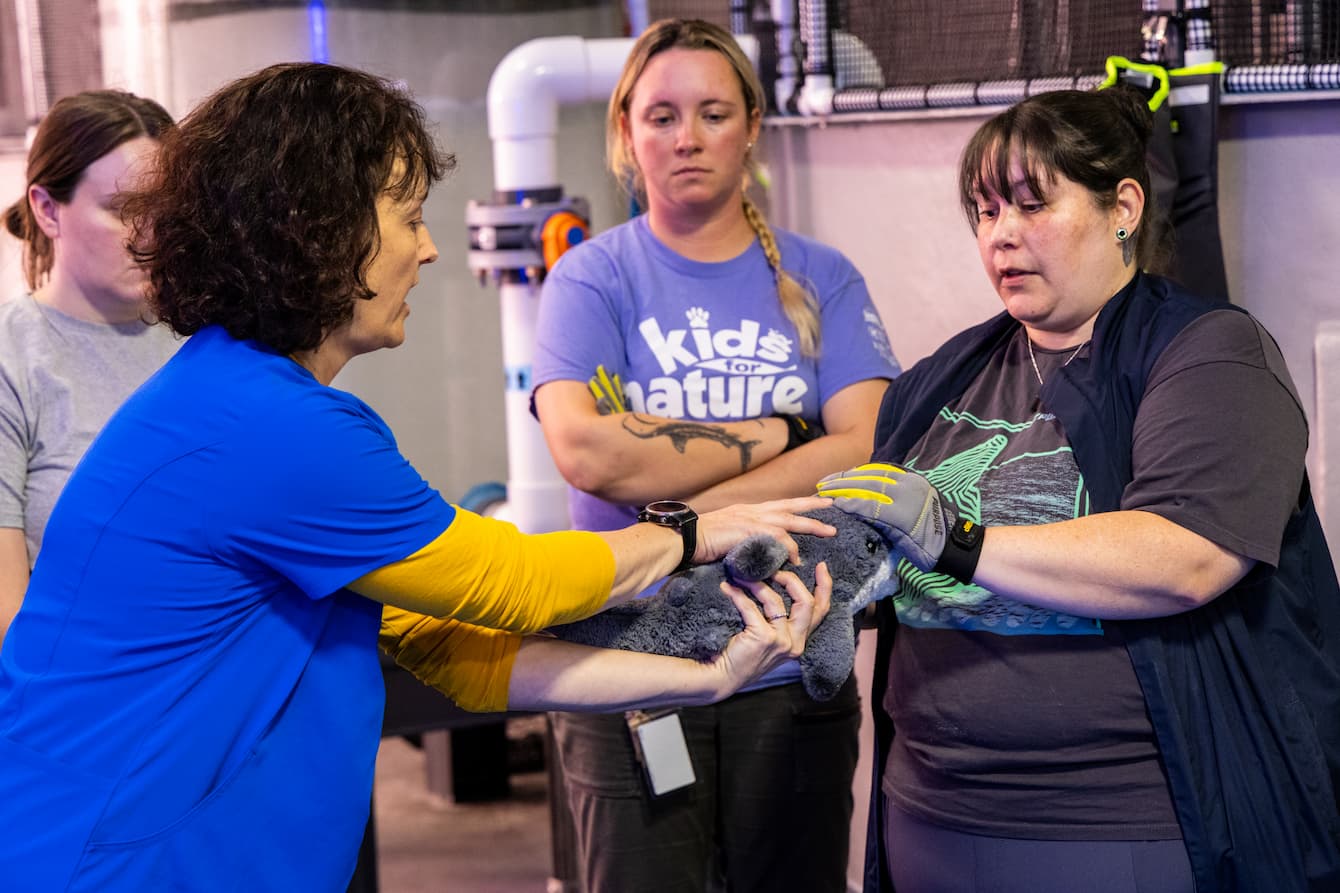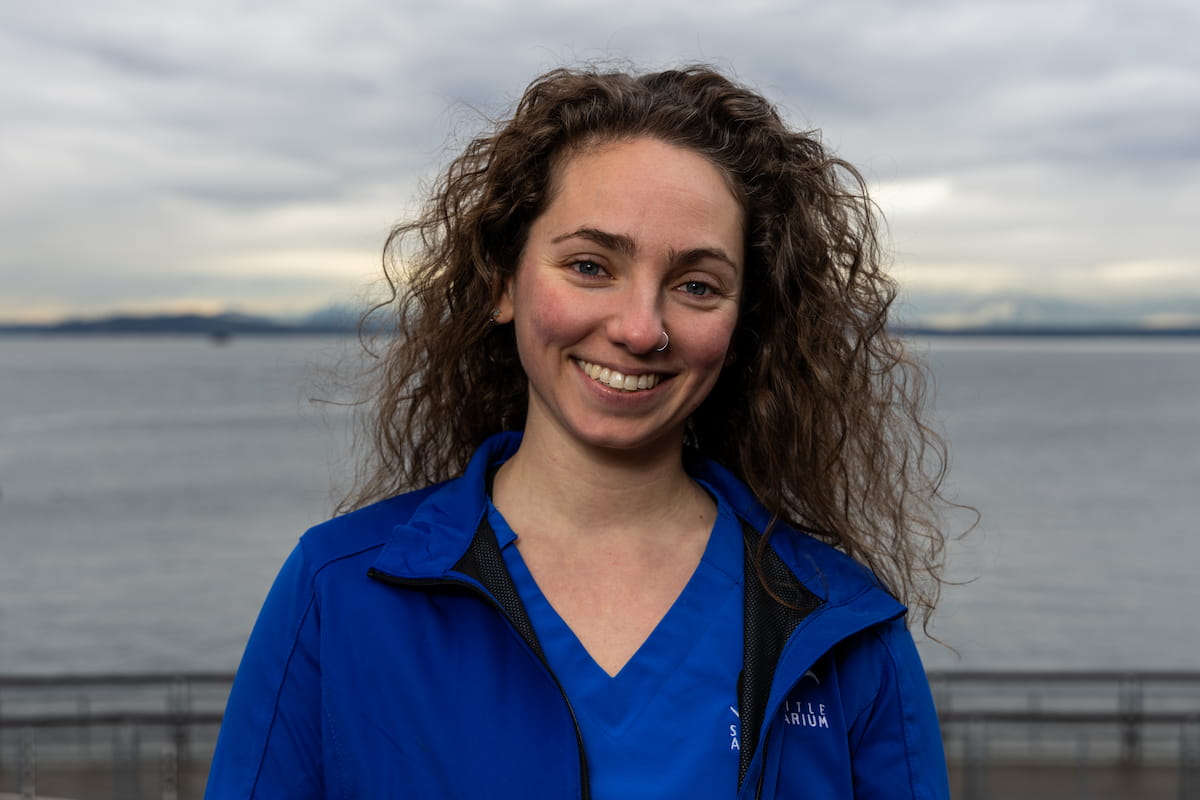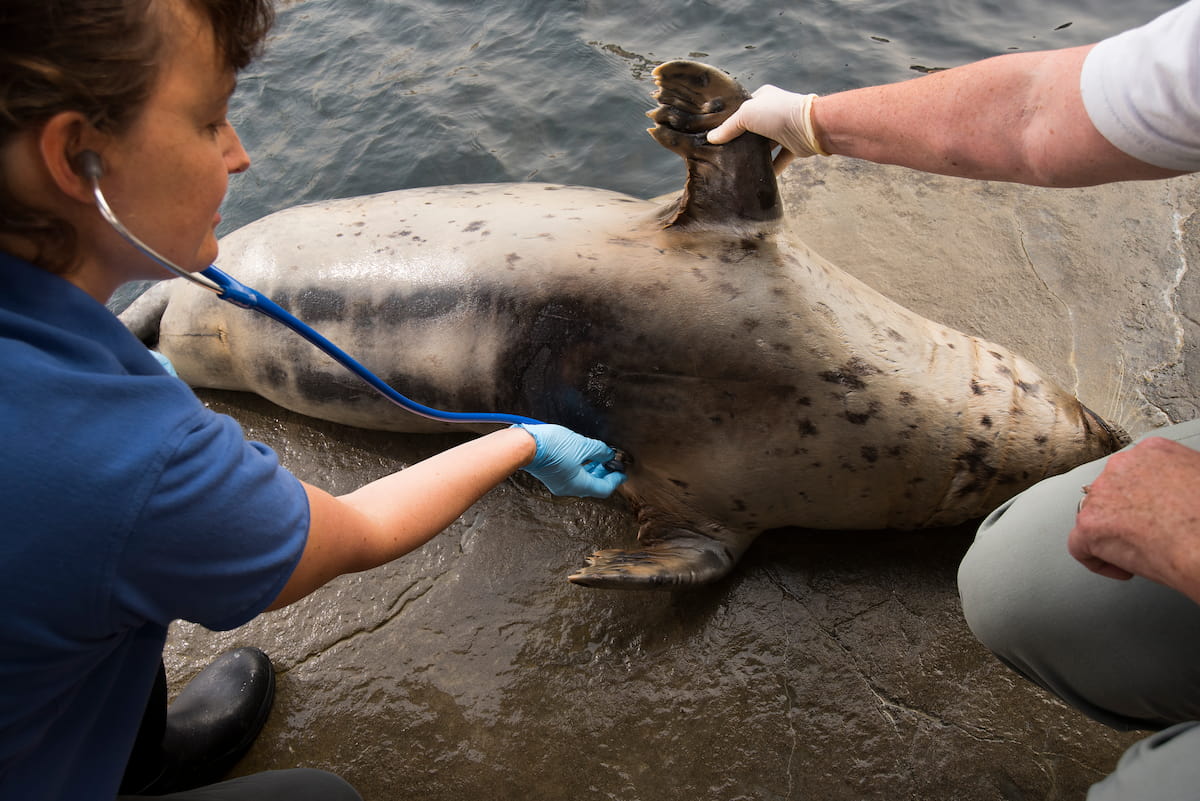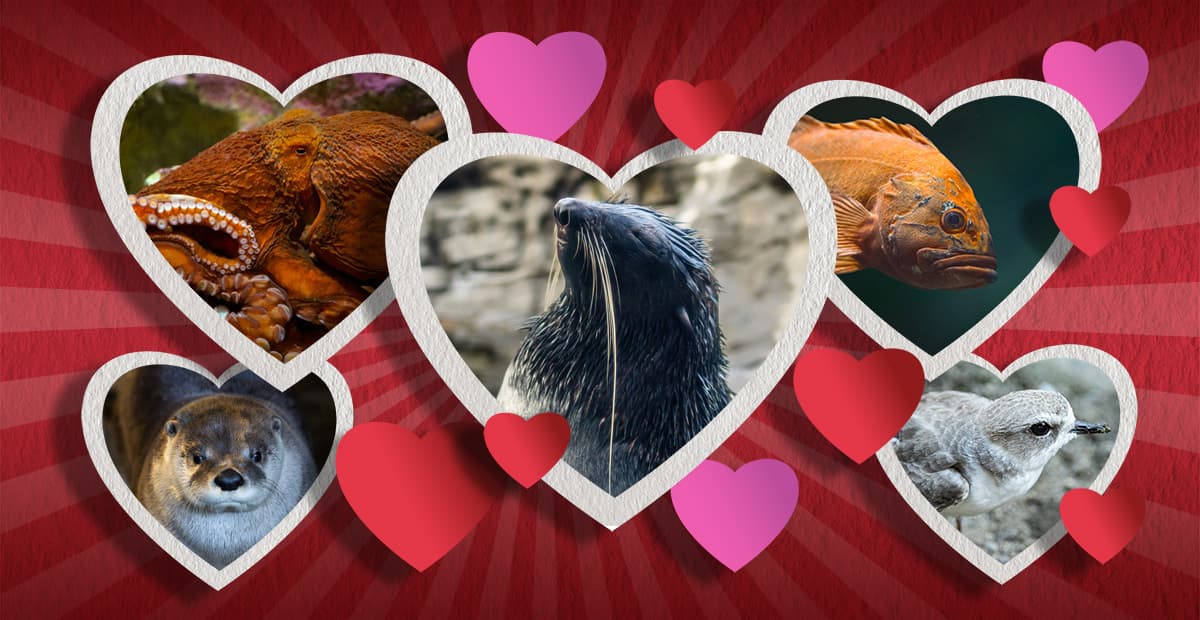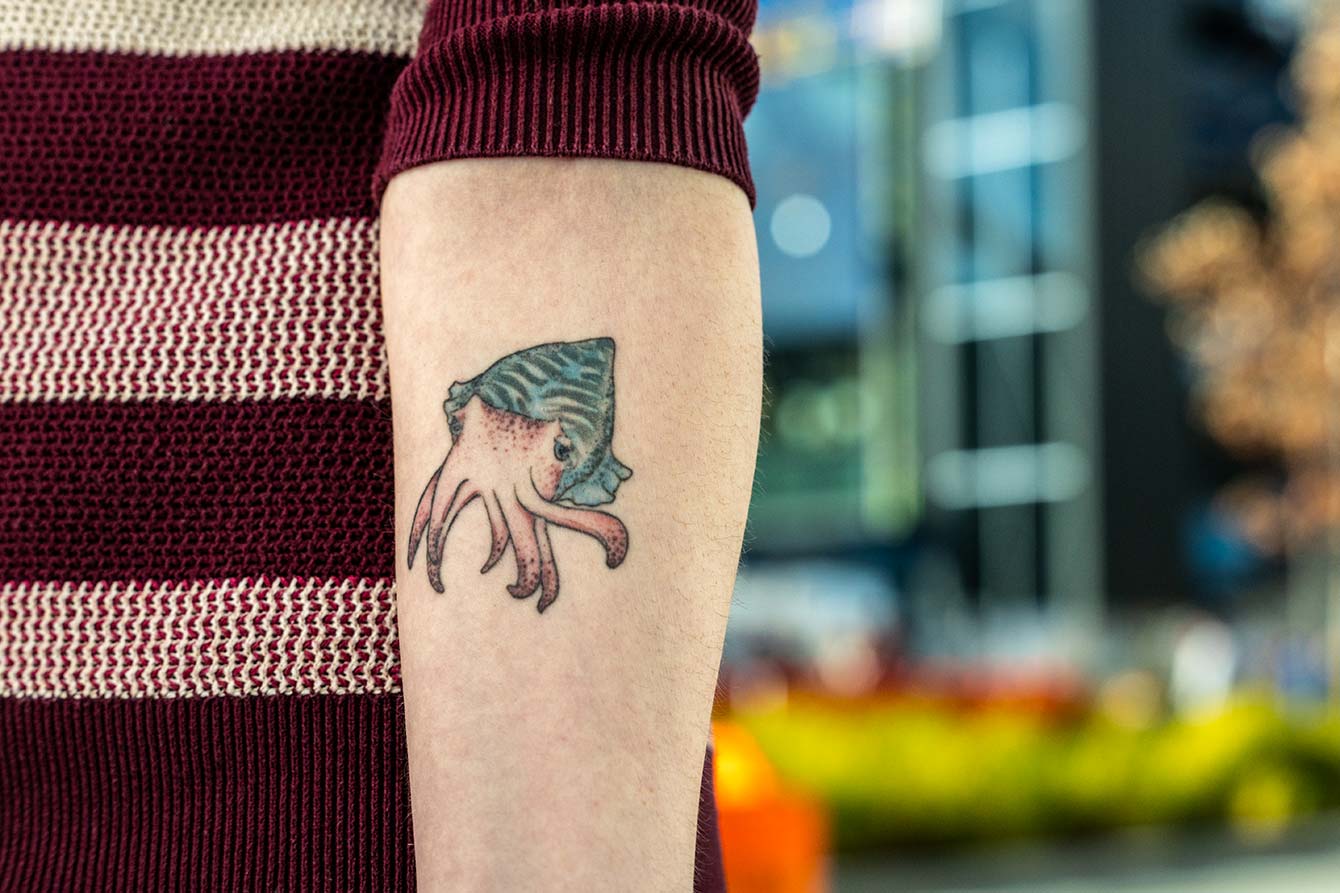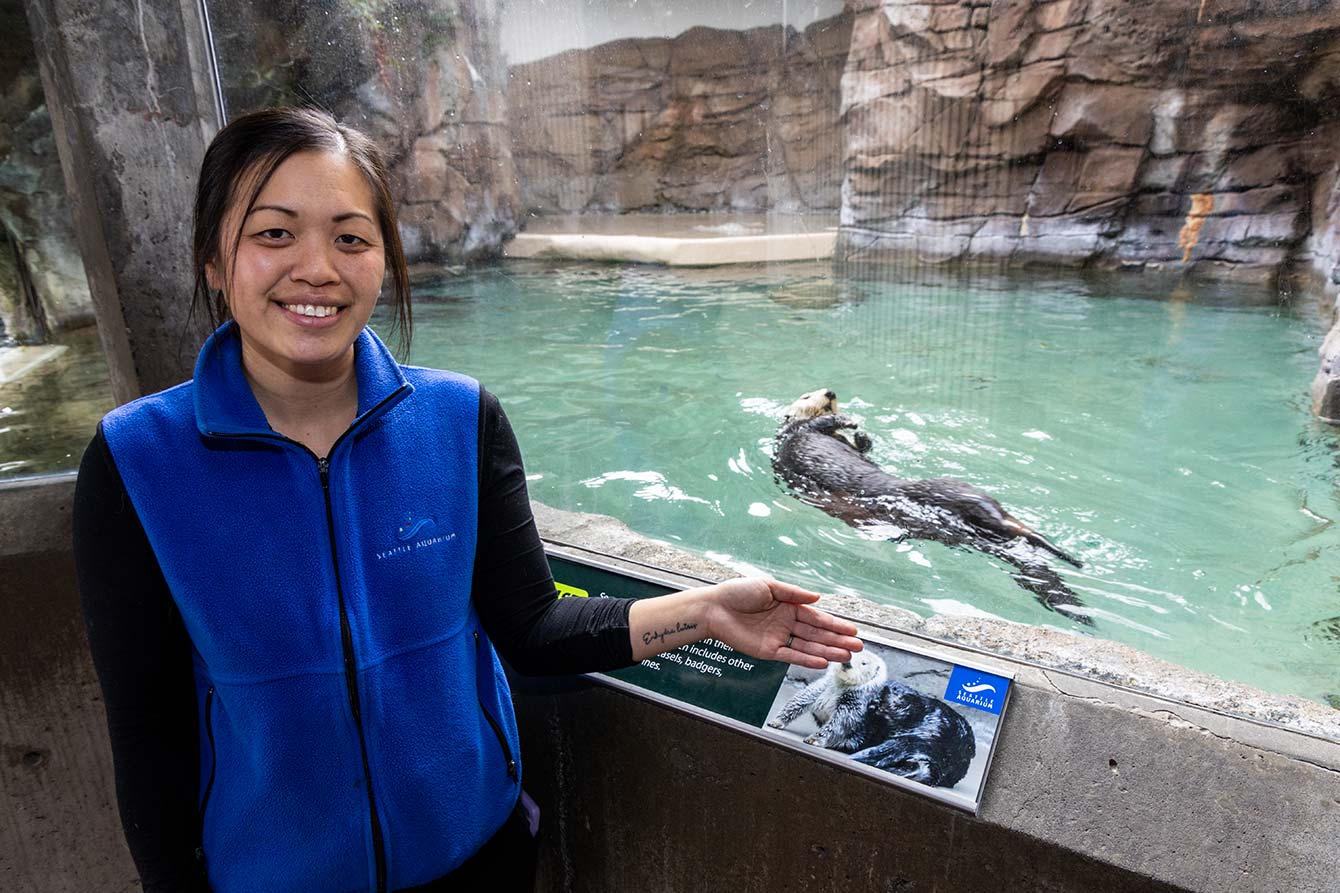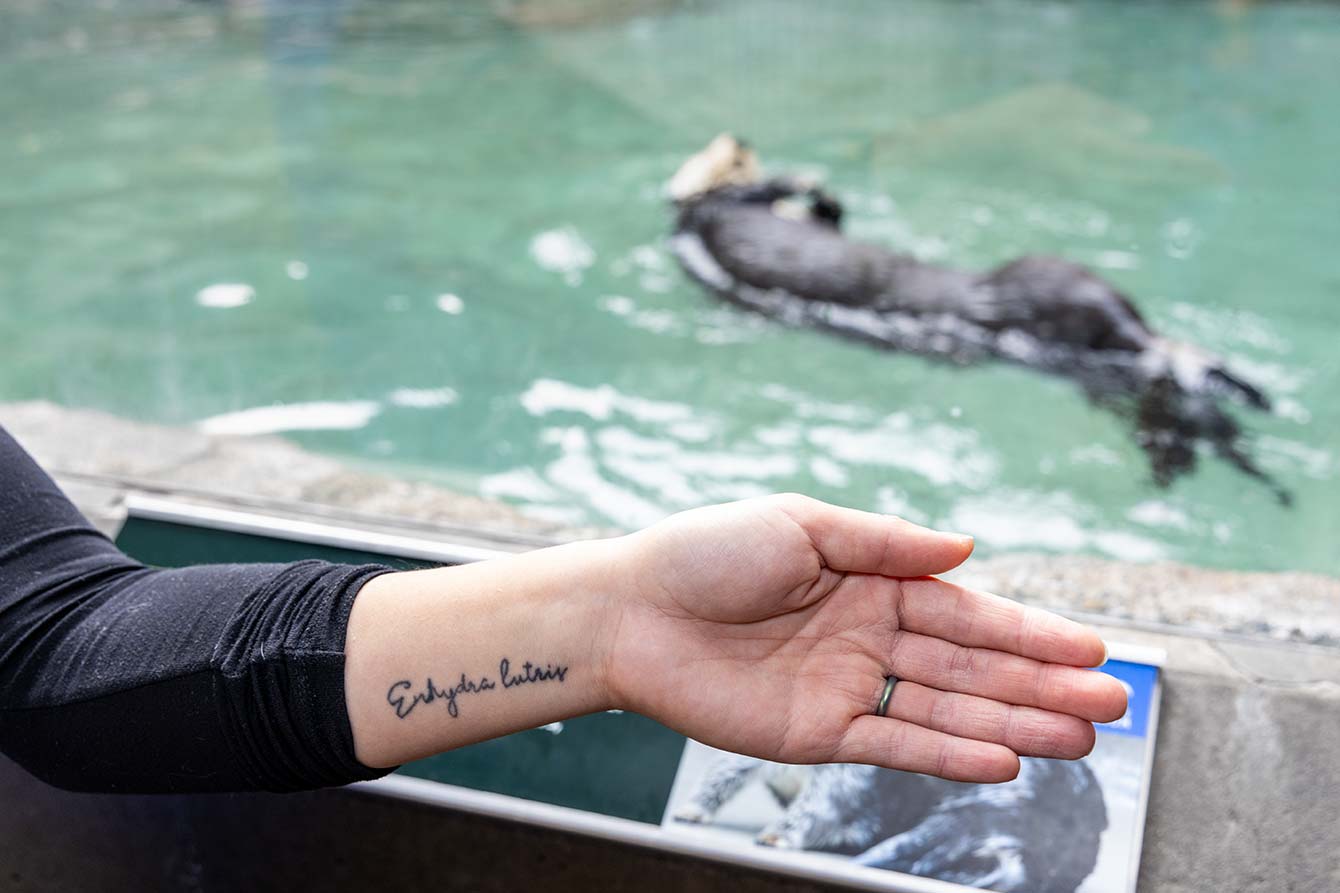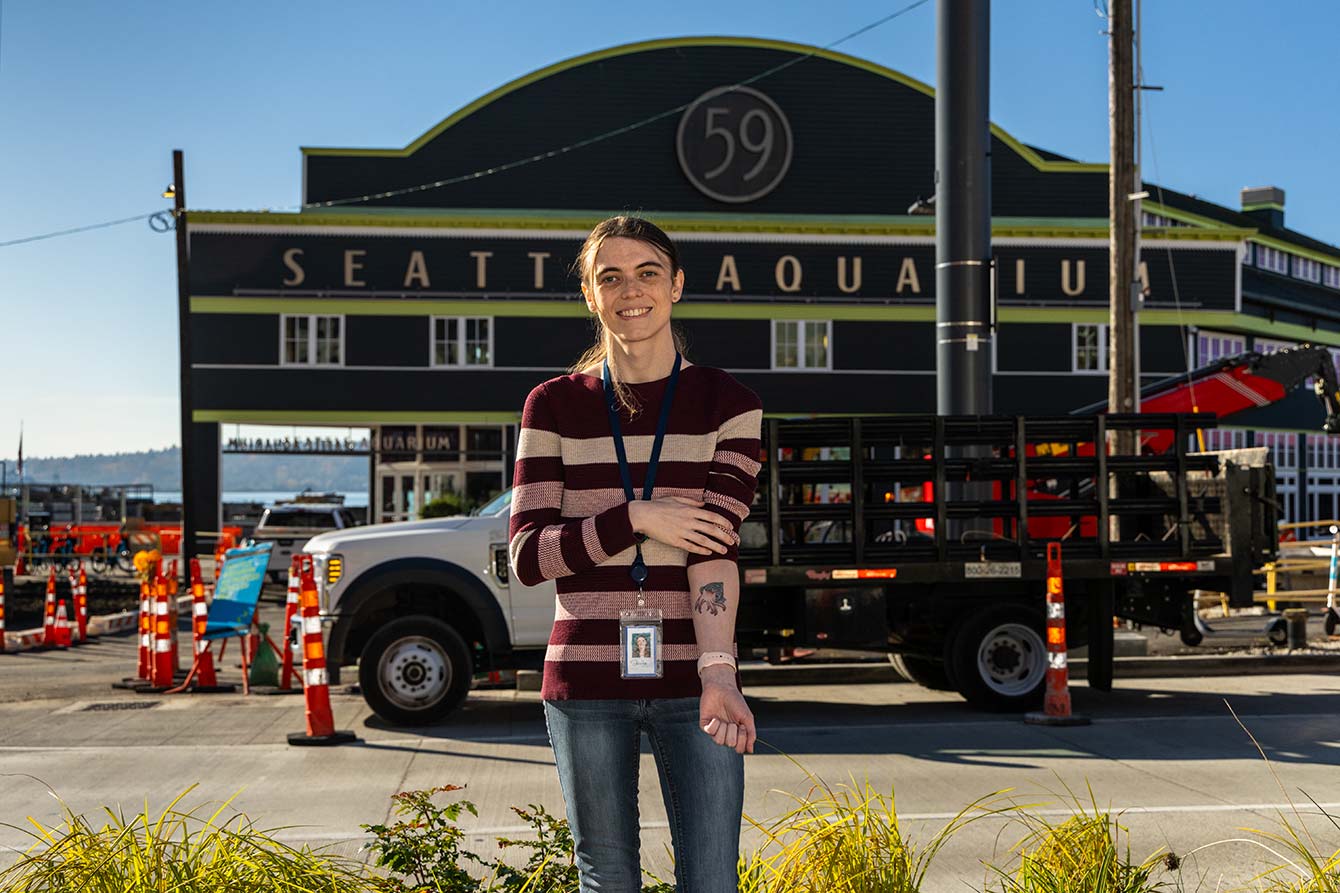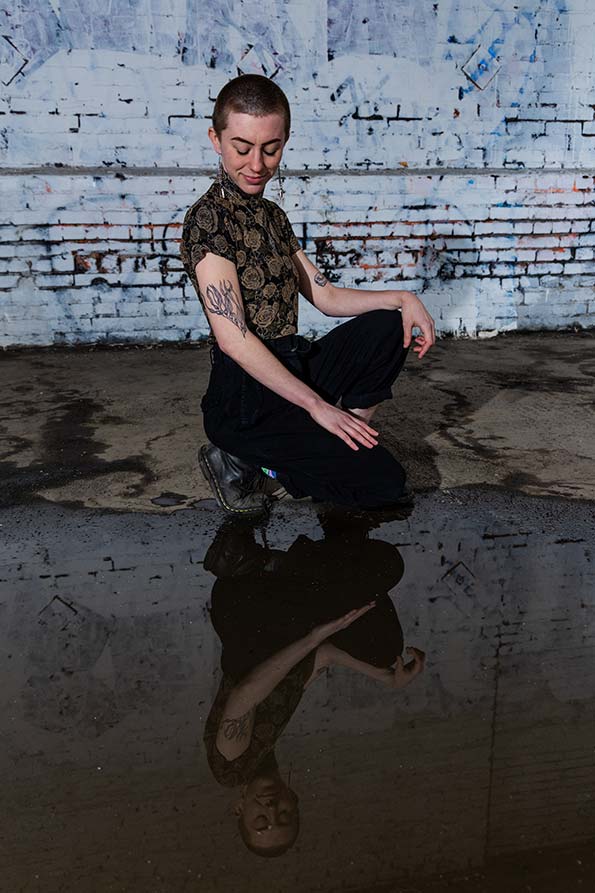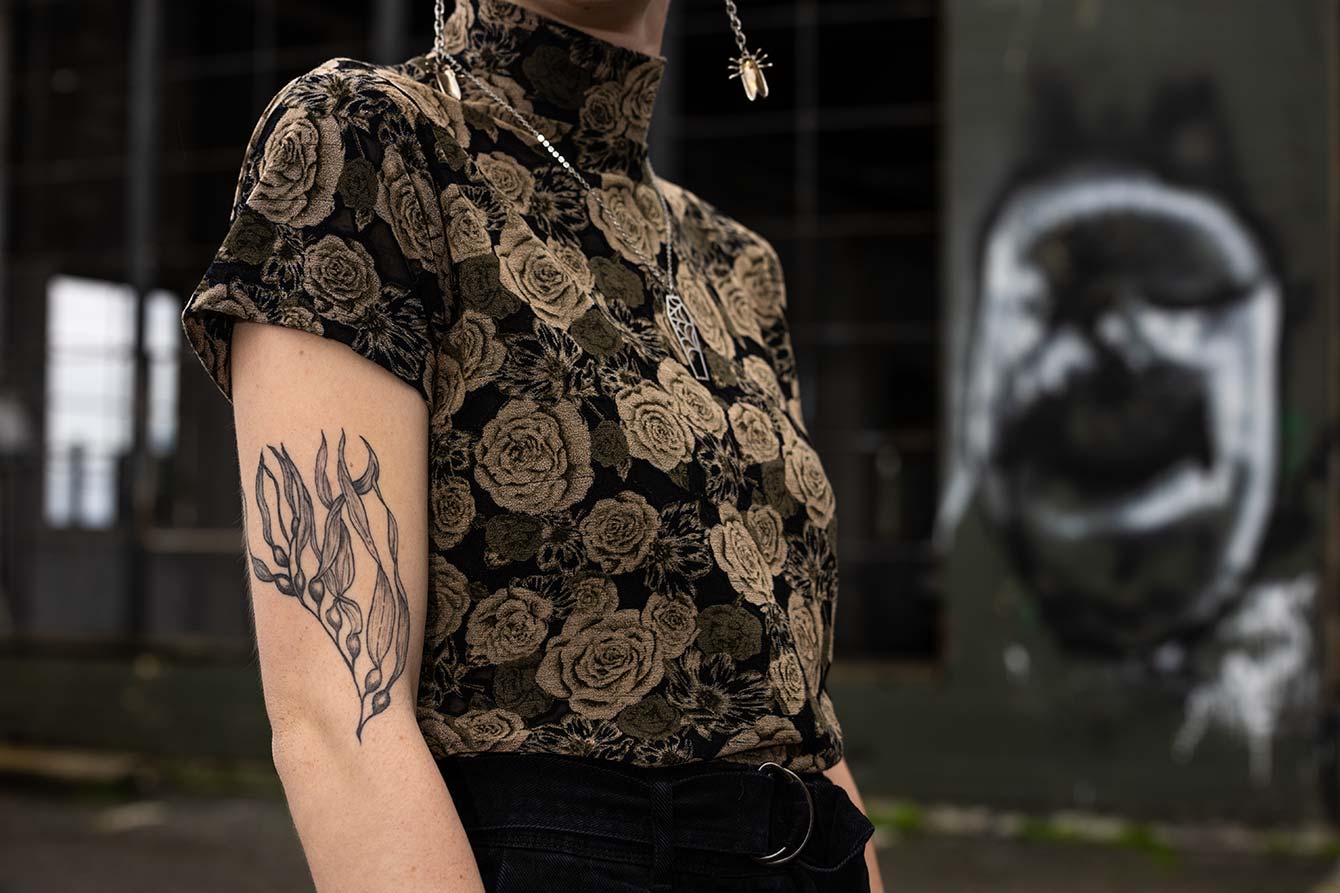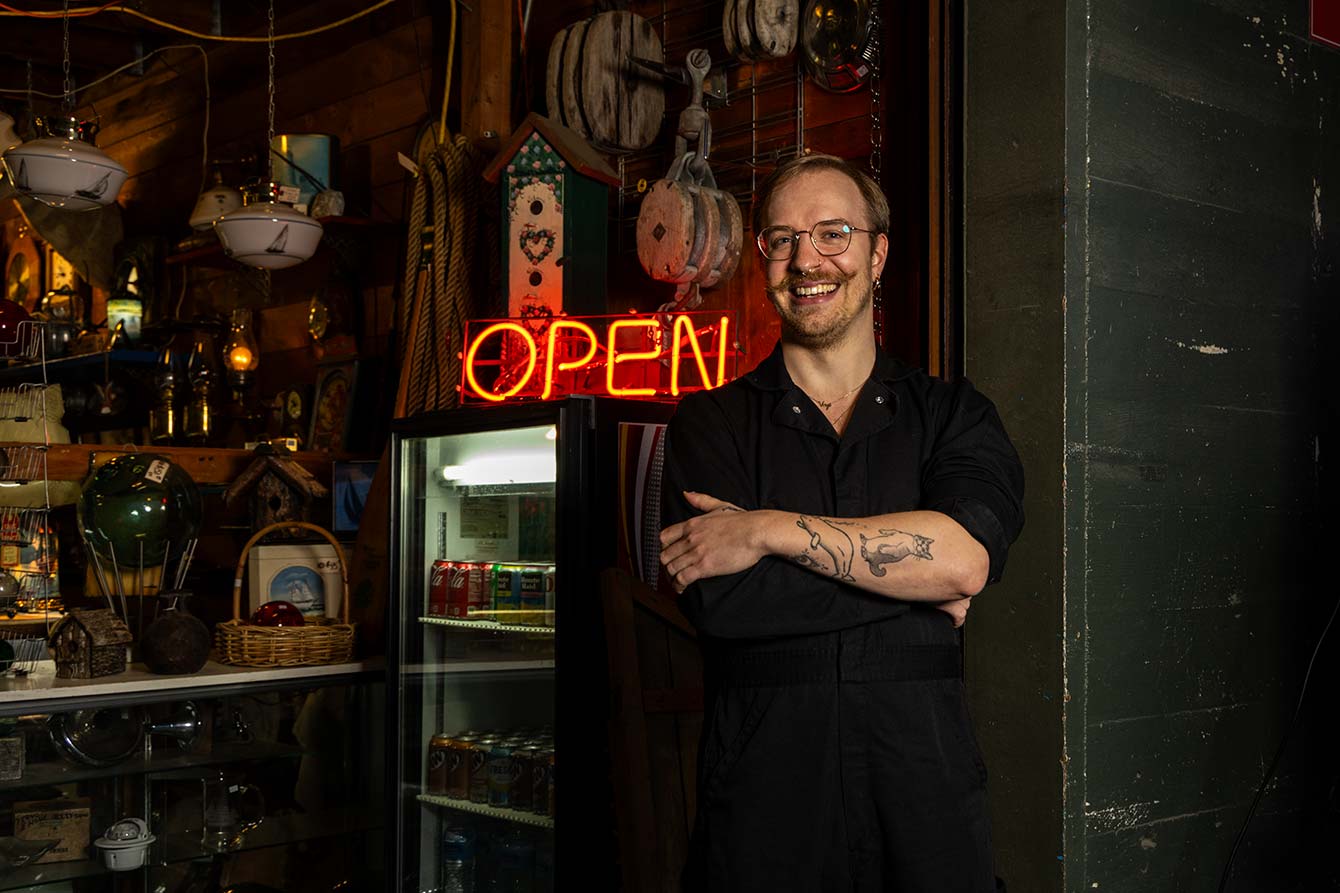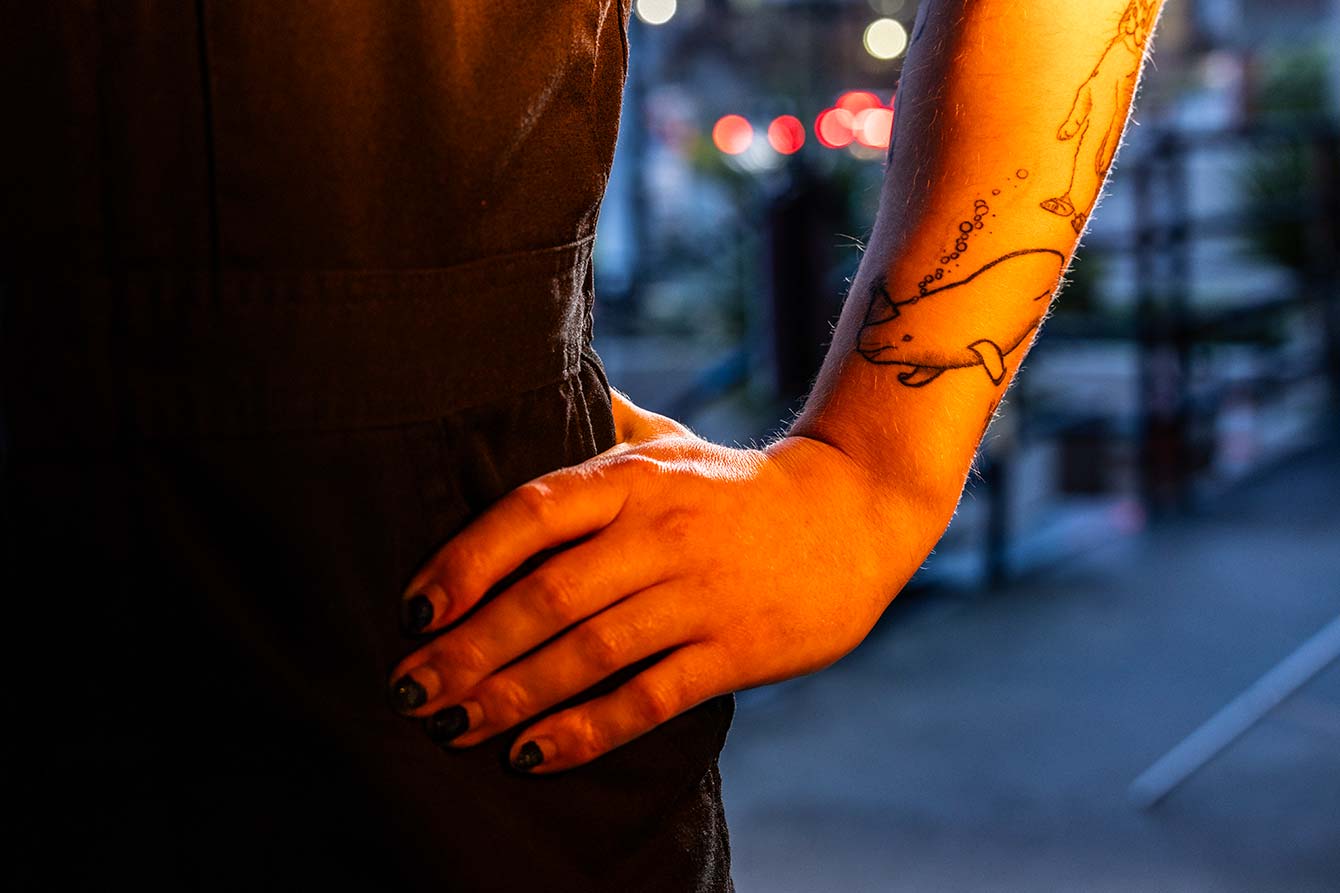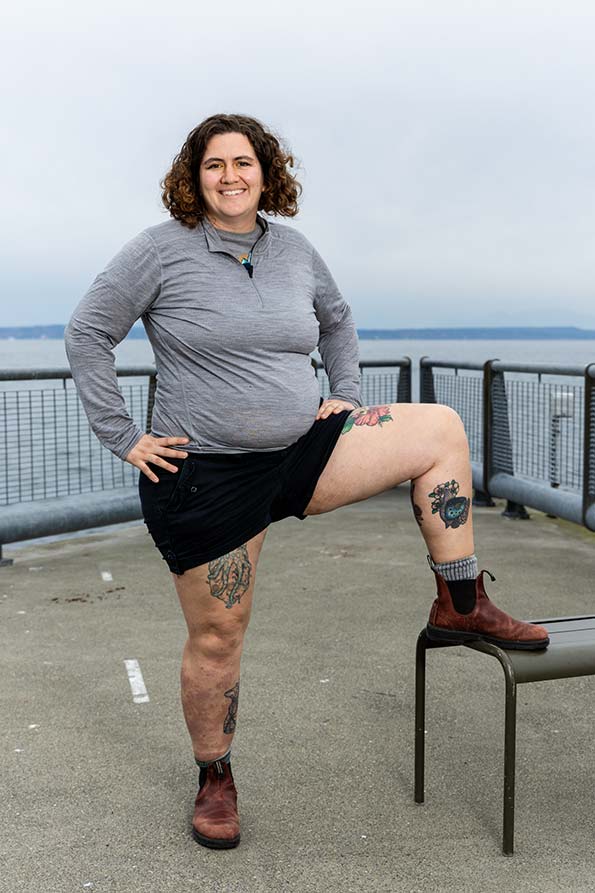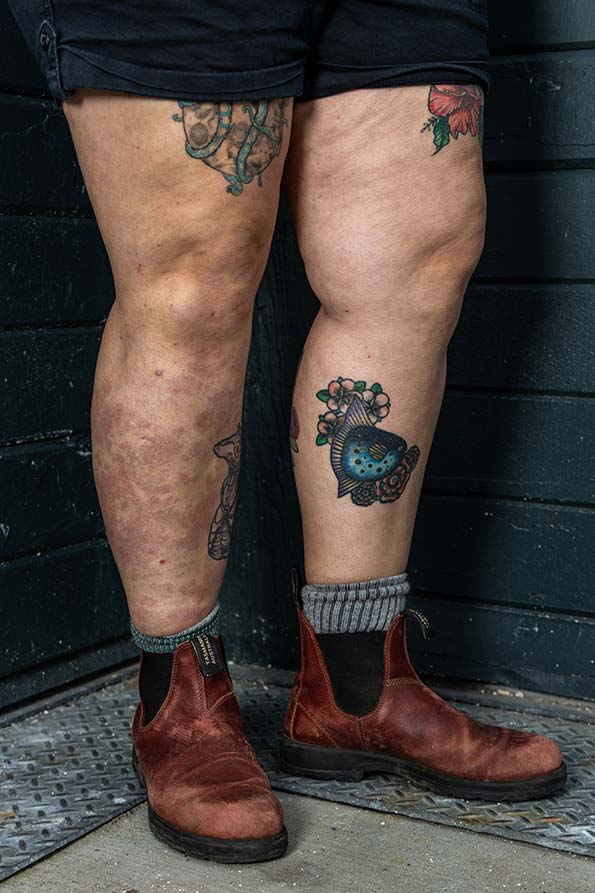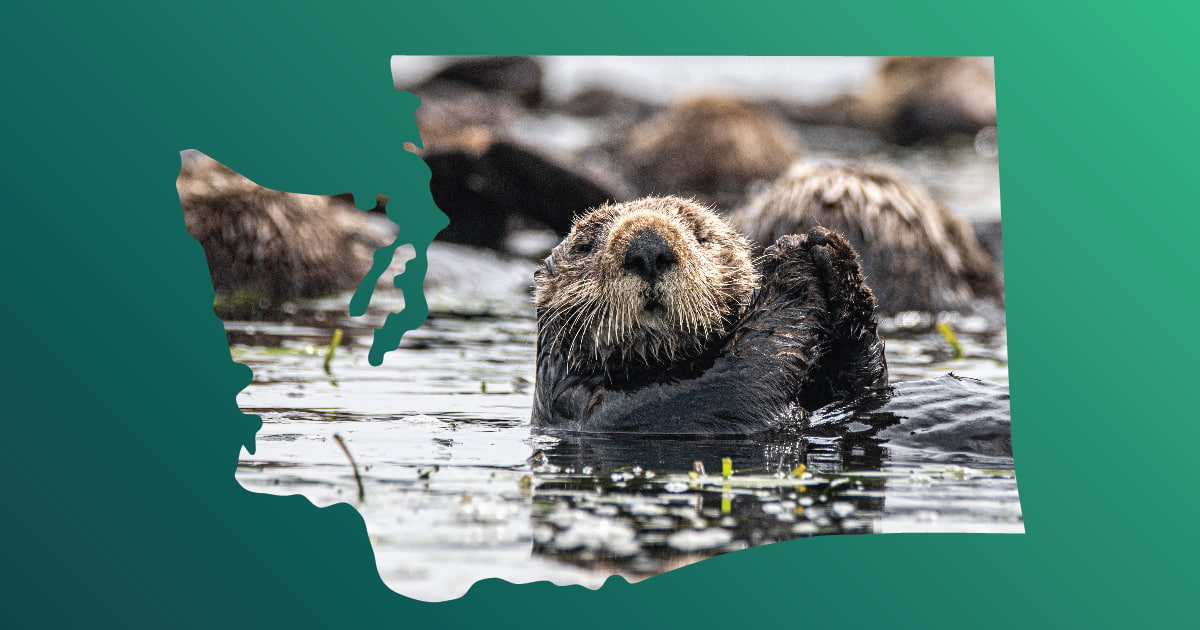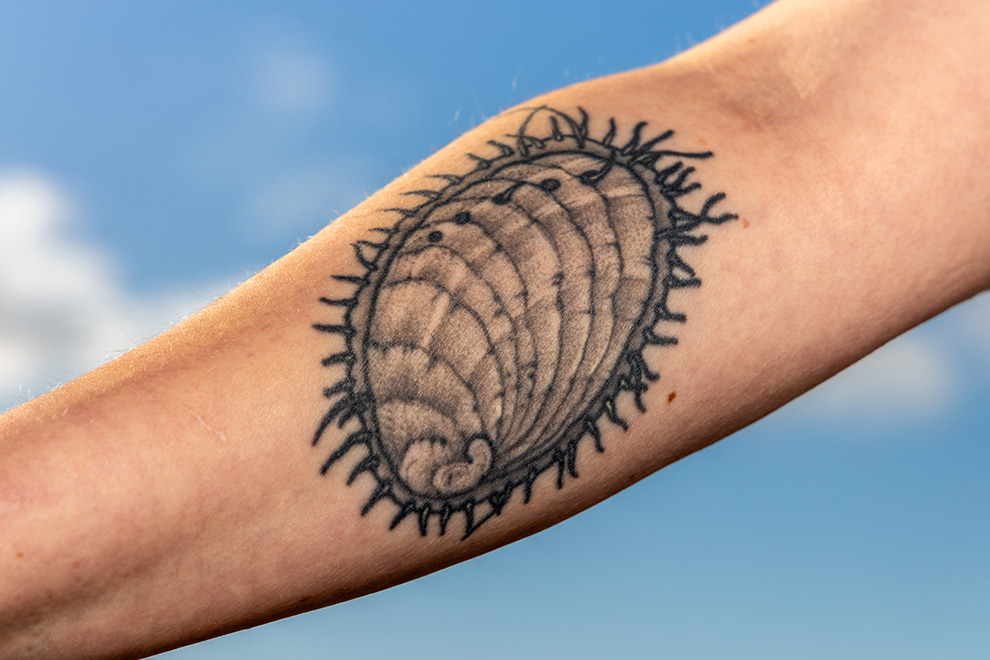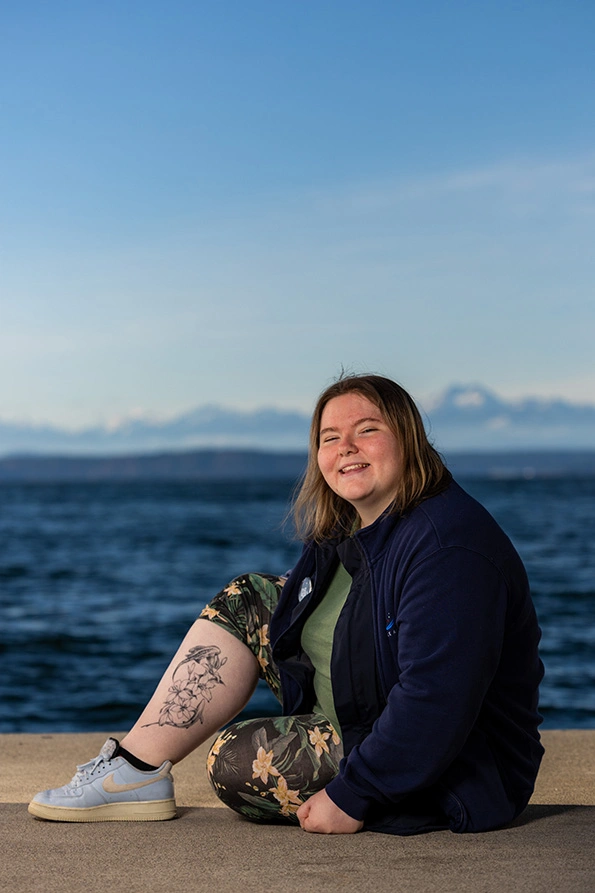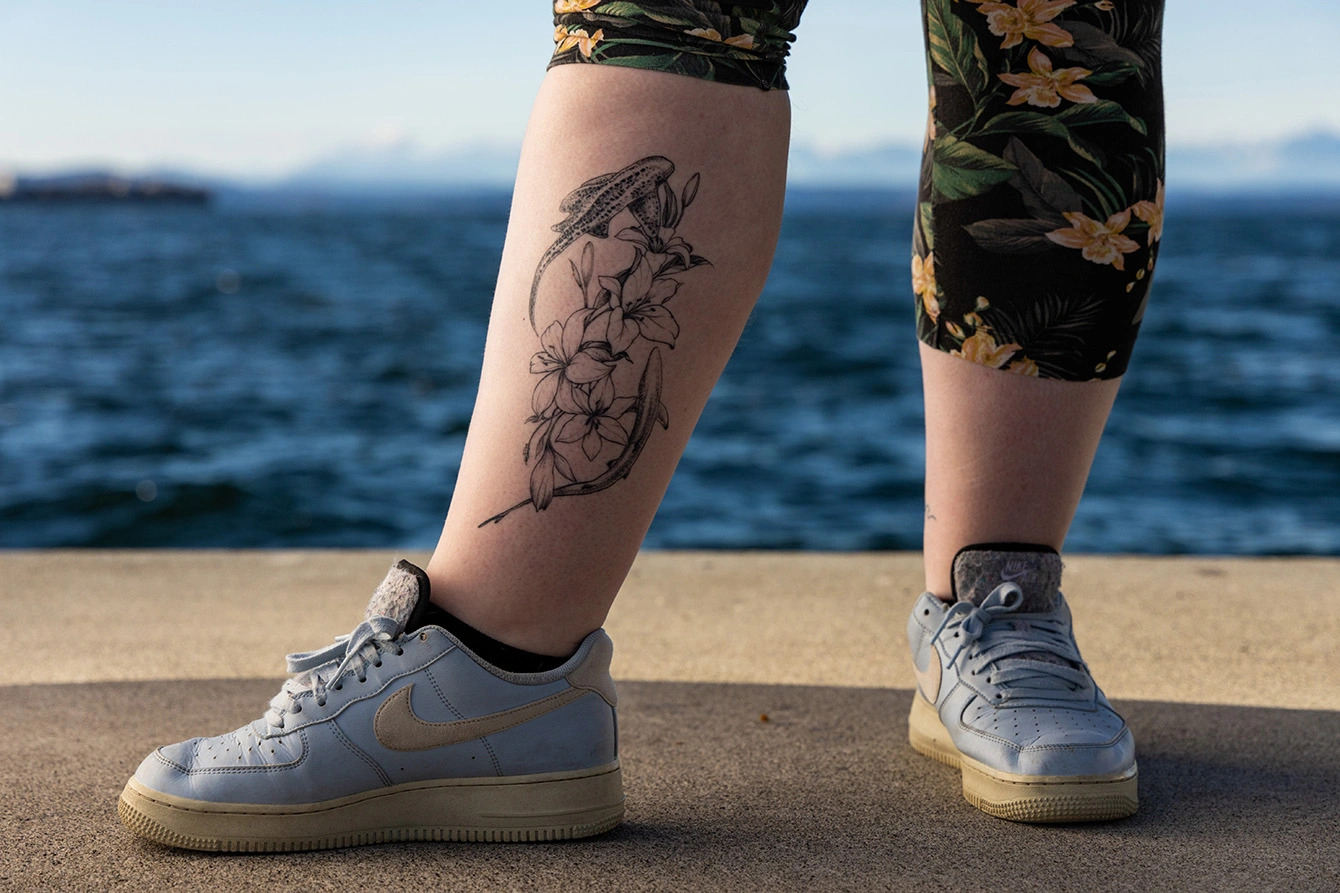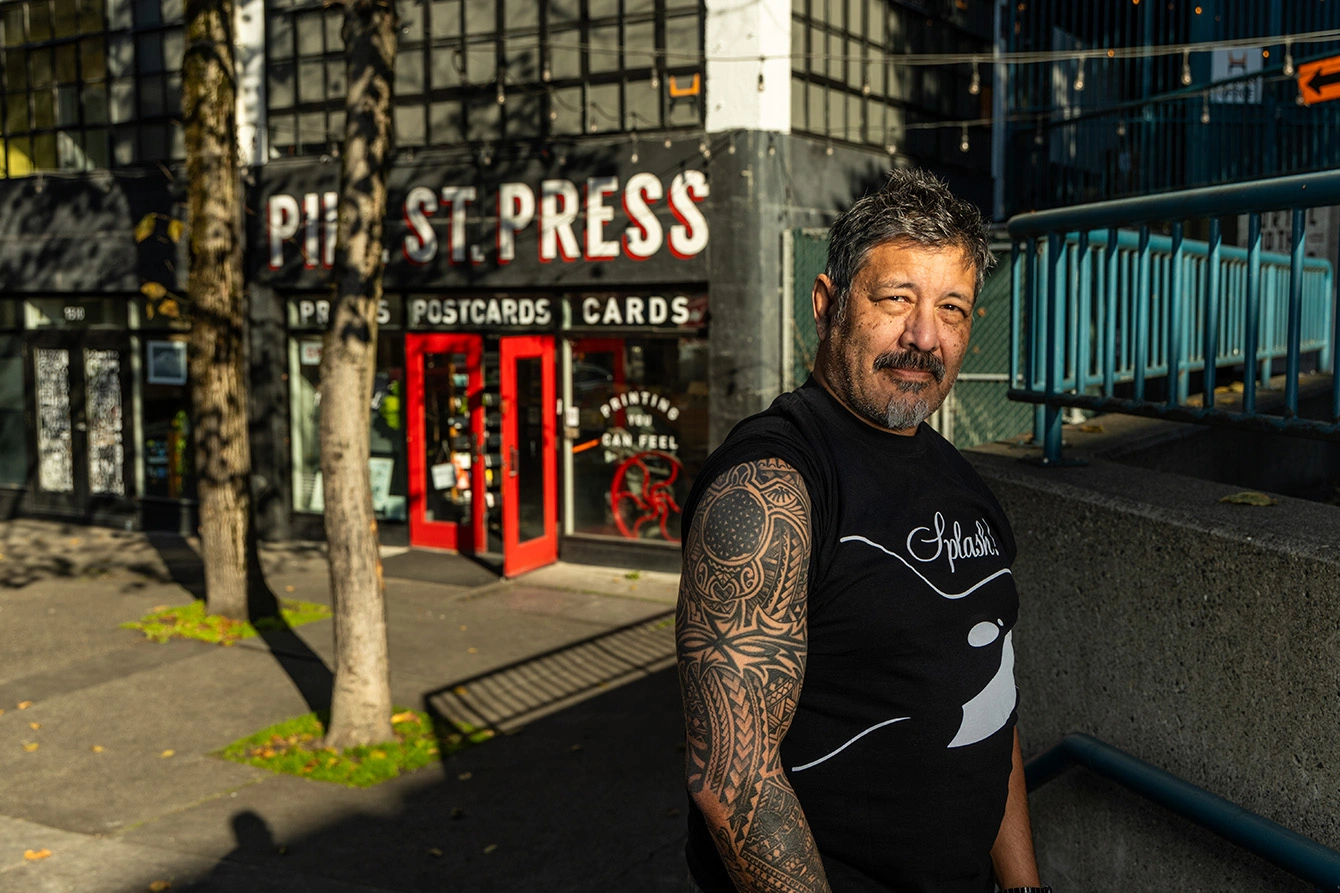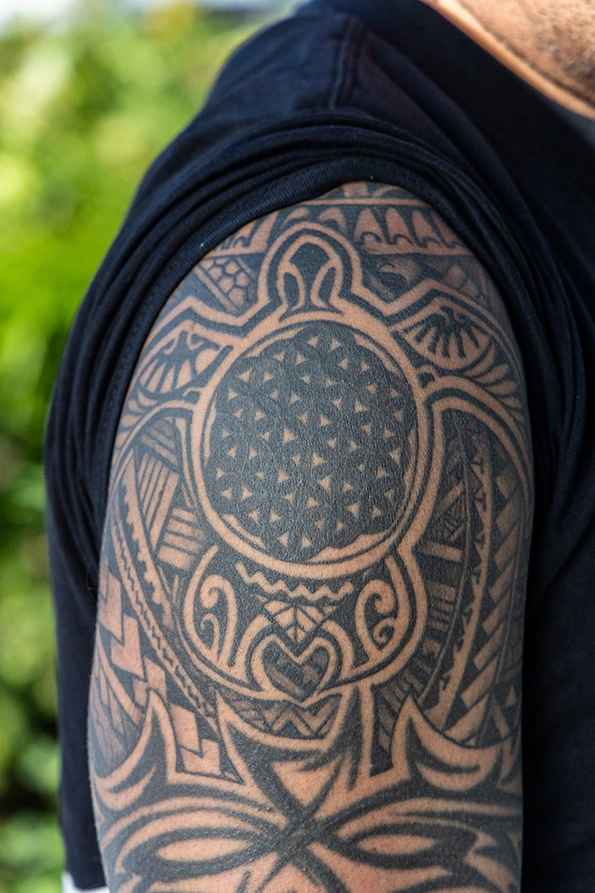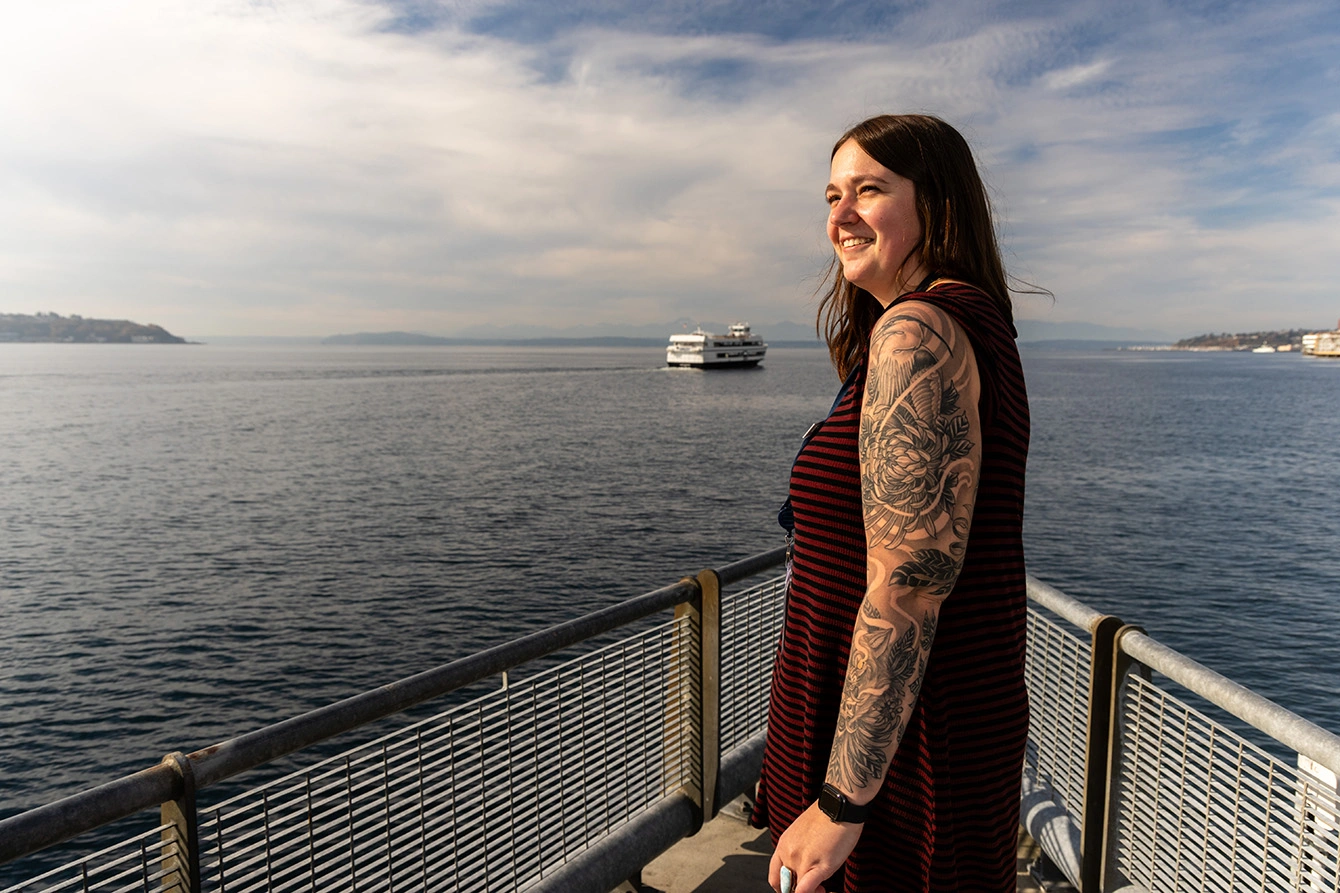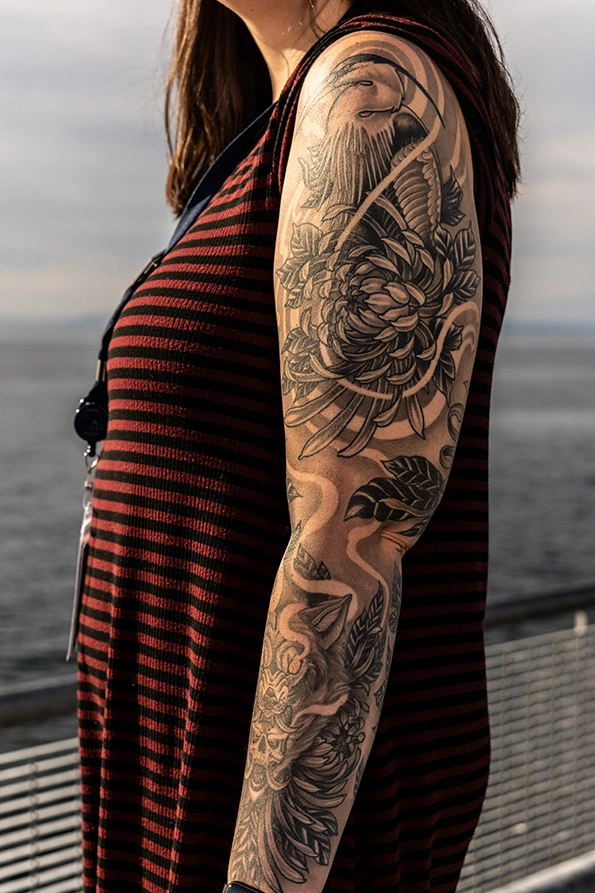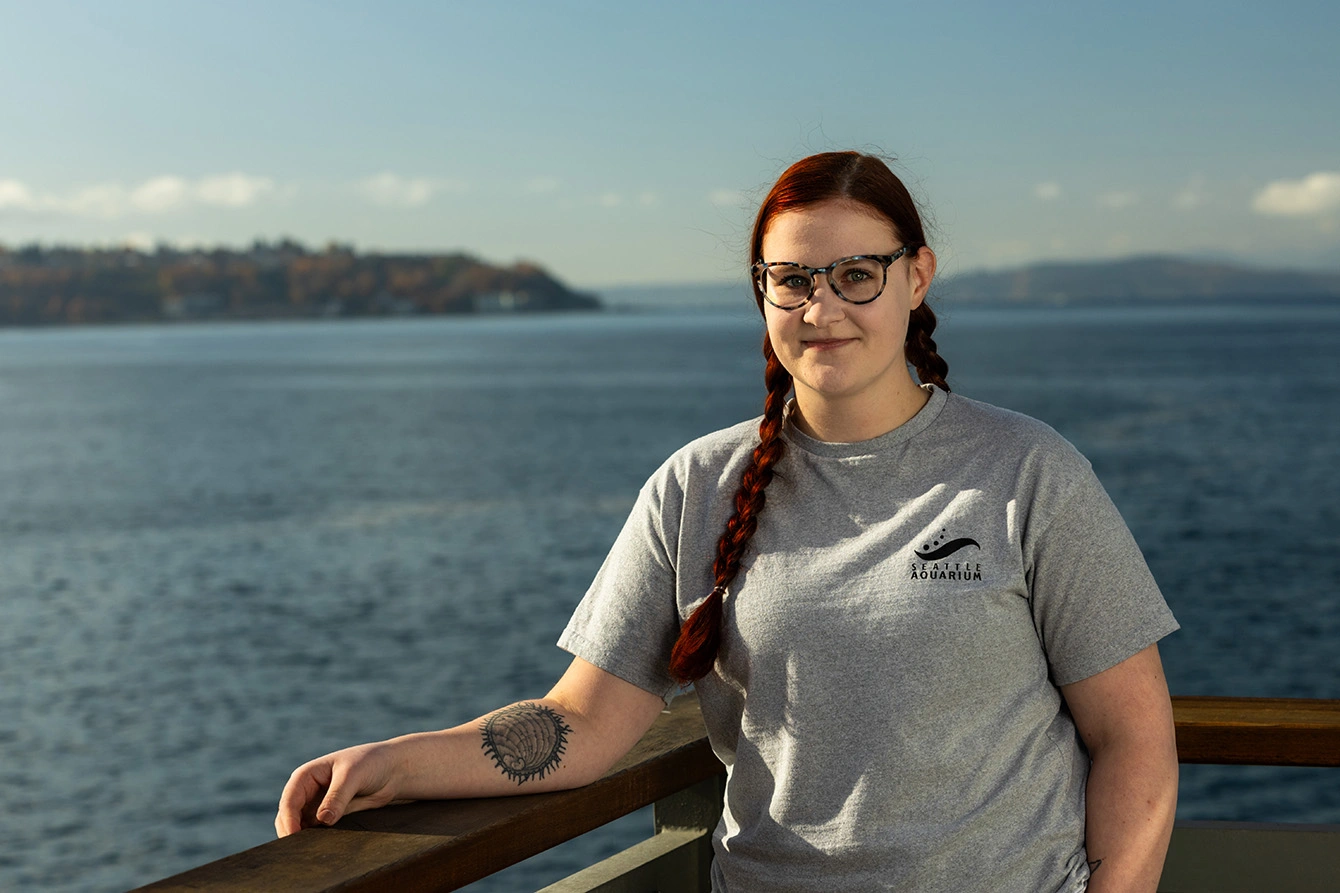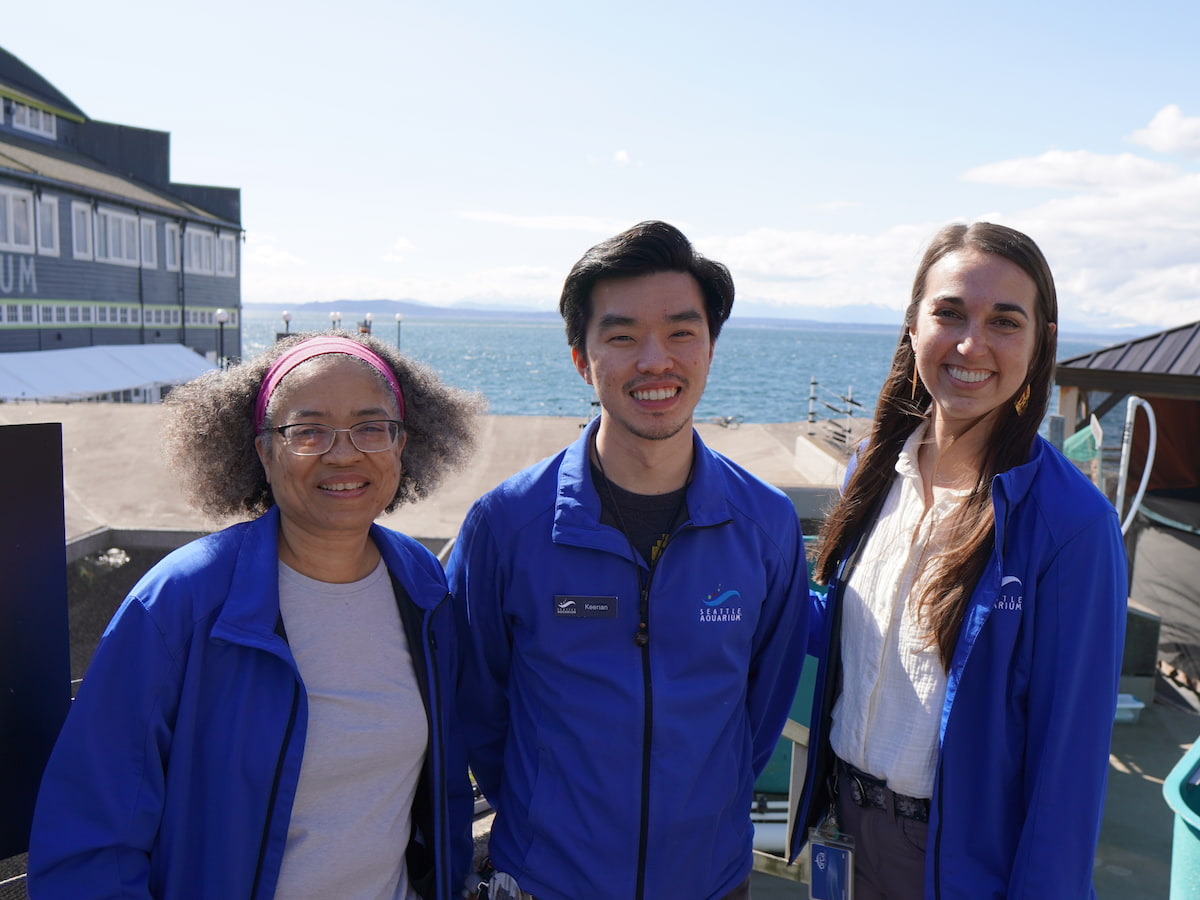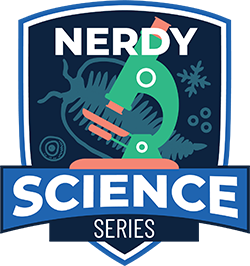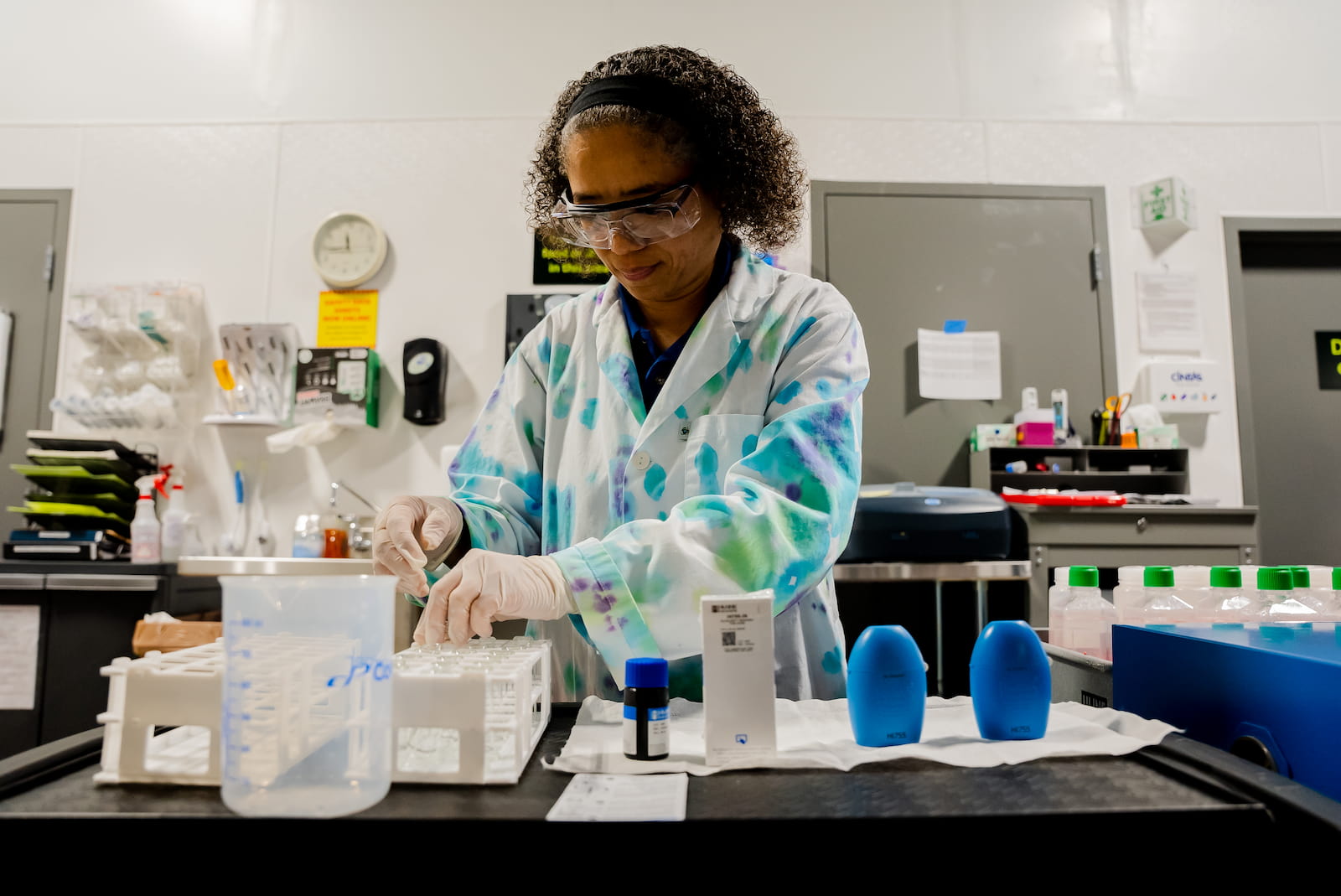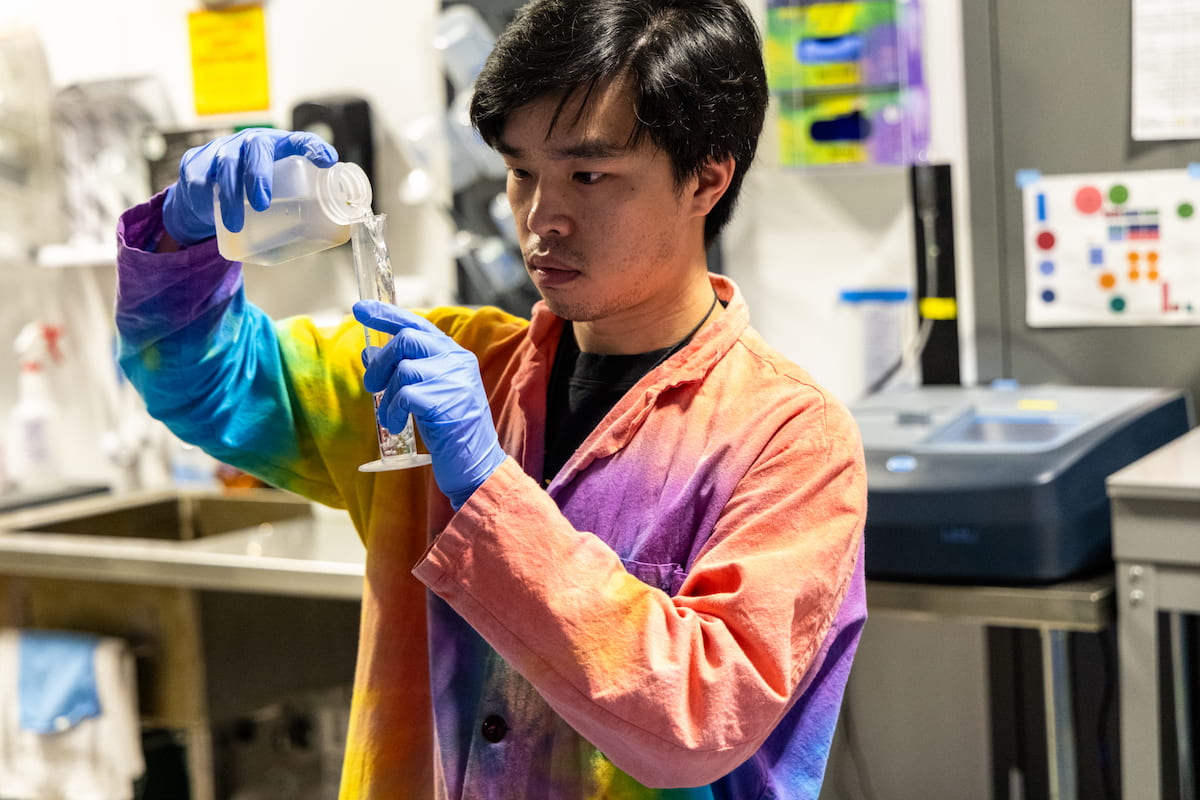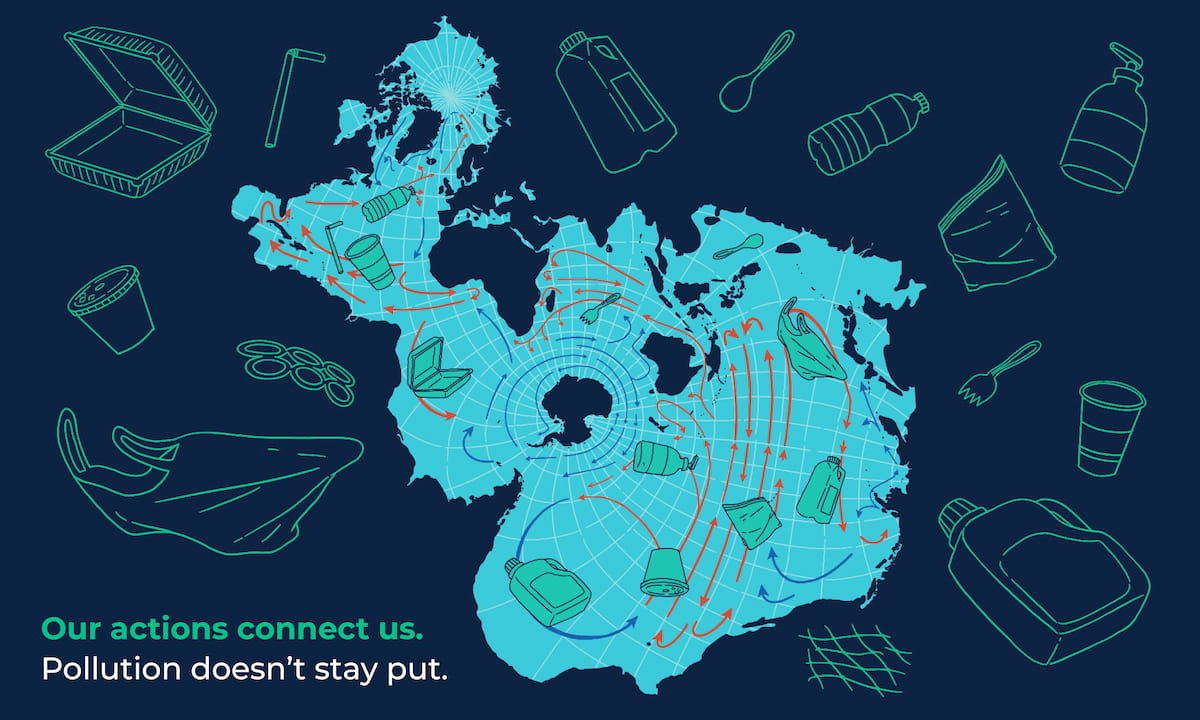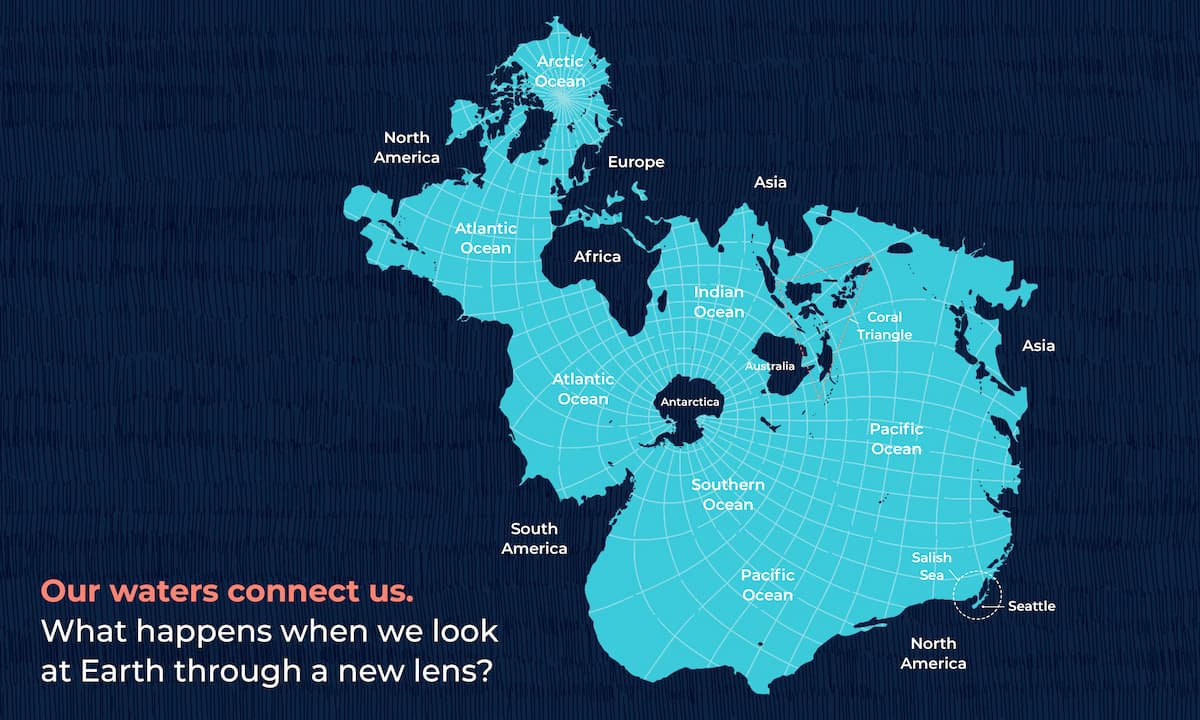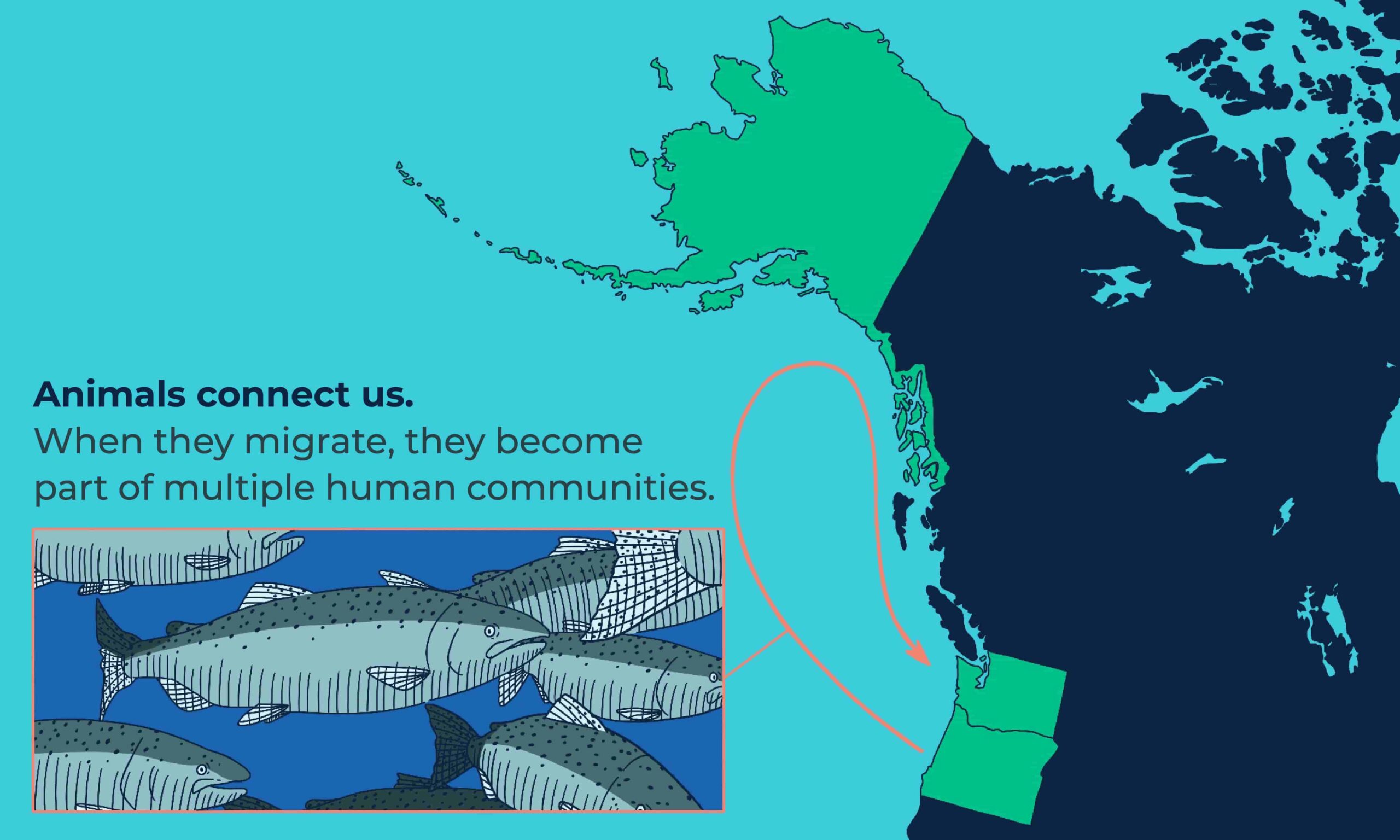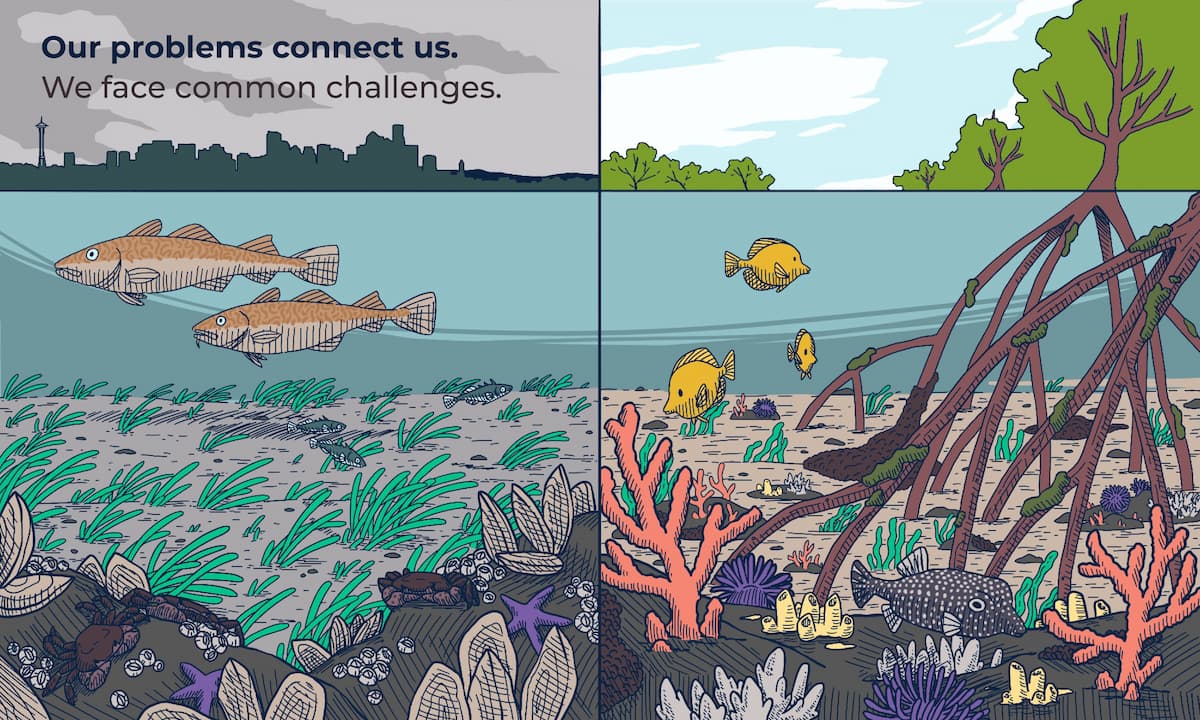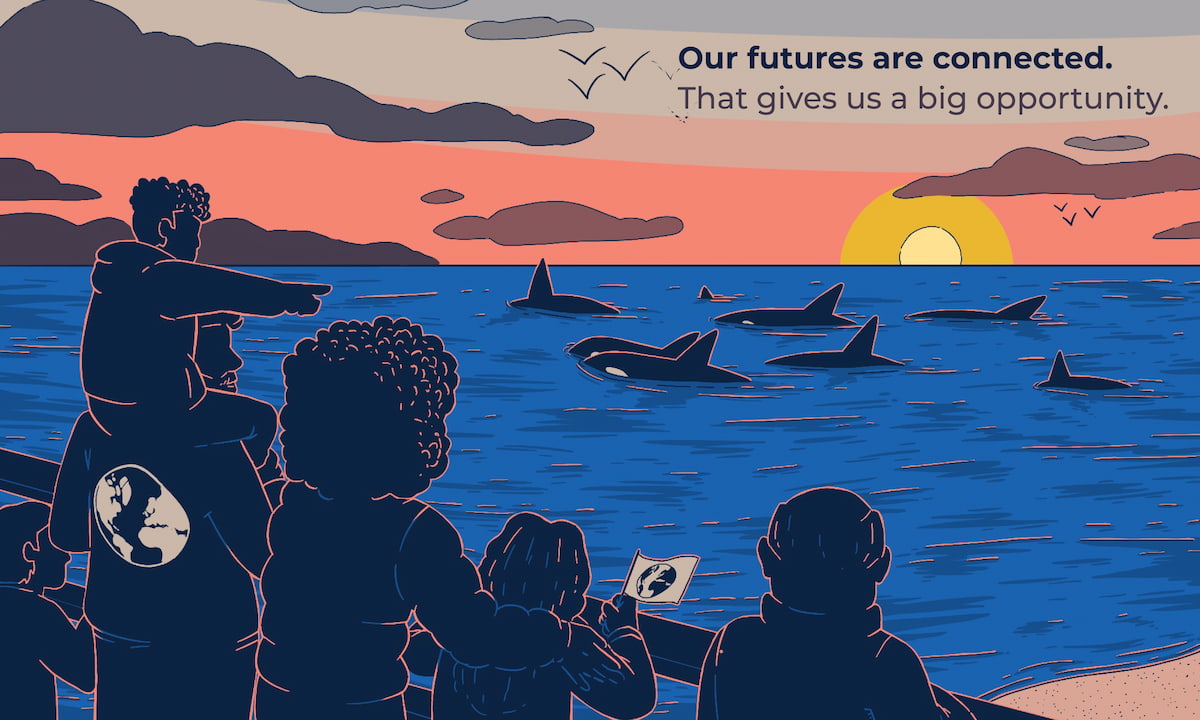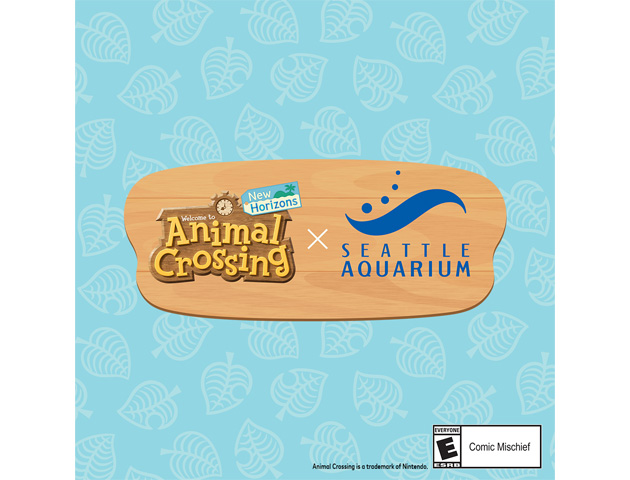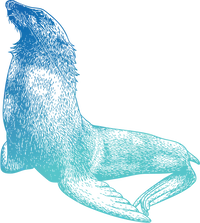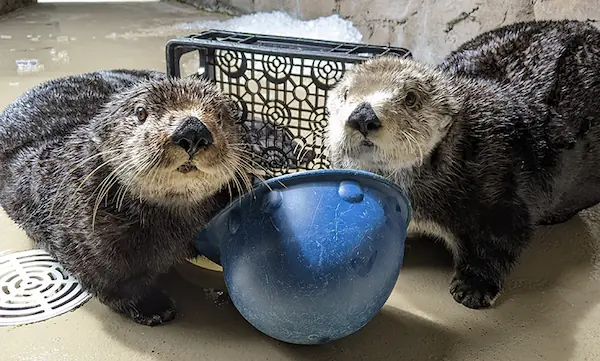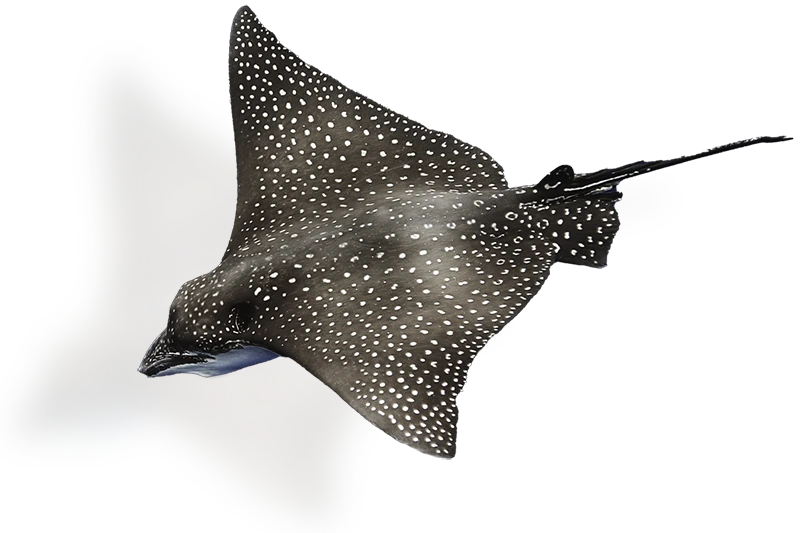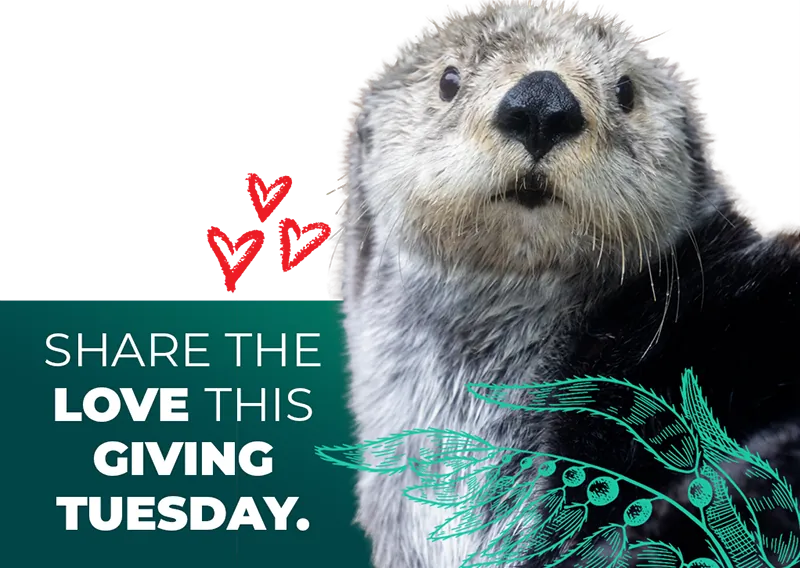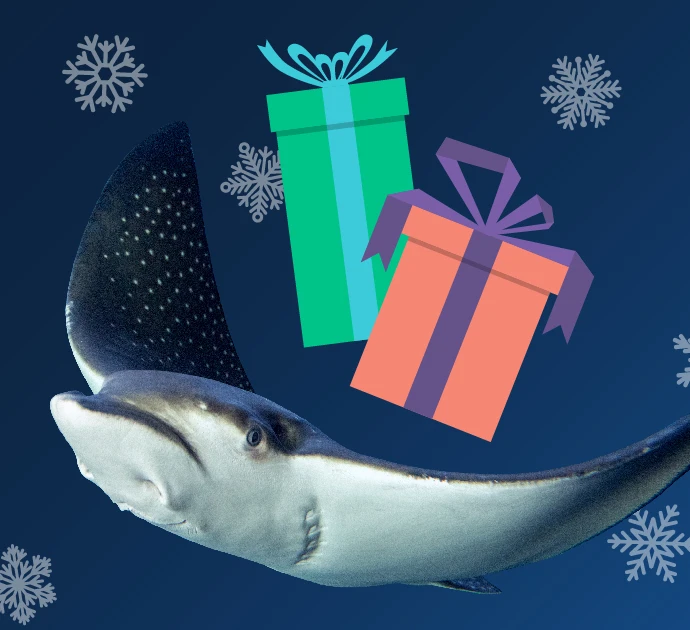Watch our care team welcome a critically endangered bowmouth guitarfish in need of a safe home
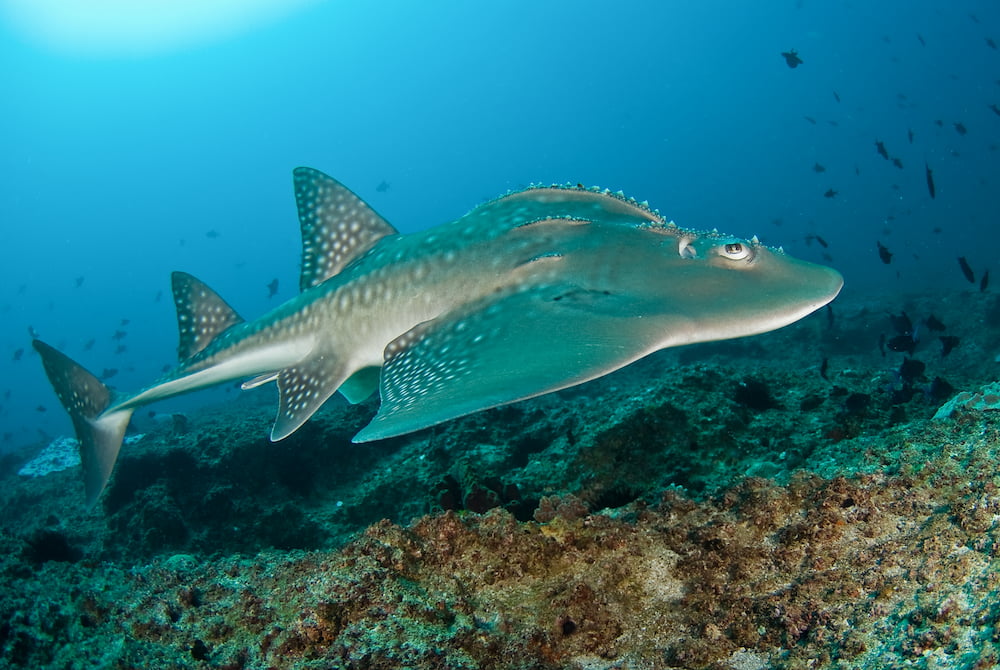
It’s difficult to describe a bowmouth guitarfish. It’s even harder to see one in the wild.
The bowmouth guitarfish (Rhina ancylostomus) has been in its current form for millions of years—and it shows. These prehistoric-looking, blueish-grey fish appear to be part ray, part shark and even part dinosaur. They sport gills on their undersides, a telltale sign that they are, in fact, rays.

Elusive and endangered
Though they live close to shore, sightings are rare. The bowmouth guitarfish is classified as “Critically Endangered” on the International Union for Conservation of Nature (IUCN) Red List of Threatened Species®, meaning they have an extremely high risk of extinction.
Earlier this year, the Seattle Aquarium had an unexpected opportunity to provide a safe home to a bowmouth guitarfish pup. And next summer, visitors to the Aquarium’s new Ocean Pavilion will have the chance to be part of her surprising story.
And then there were nine!
The pup’s mother was caught in a commercial fishing set net off the east coast of Taiwan. What happened next surprised everyone: while in a holding pool at the fishing center, the mother gave birth to nine live pups.
Our conservation partner in Taiwan, Fred Fan of Fred Fan Aquatics, quickly diverted the animals to a safe place. He then contacted the Seattle Aquarium to work on finding them a long-term home. There are no marine-protected areas where the mother was caught, and fishing for bowmouth guitarfish is legal throughout many regions of Asia. As a result, releasing the mother and pups would have put them at risk of getting caught in another net.
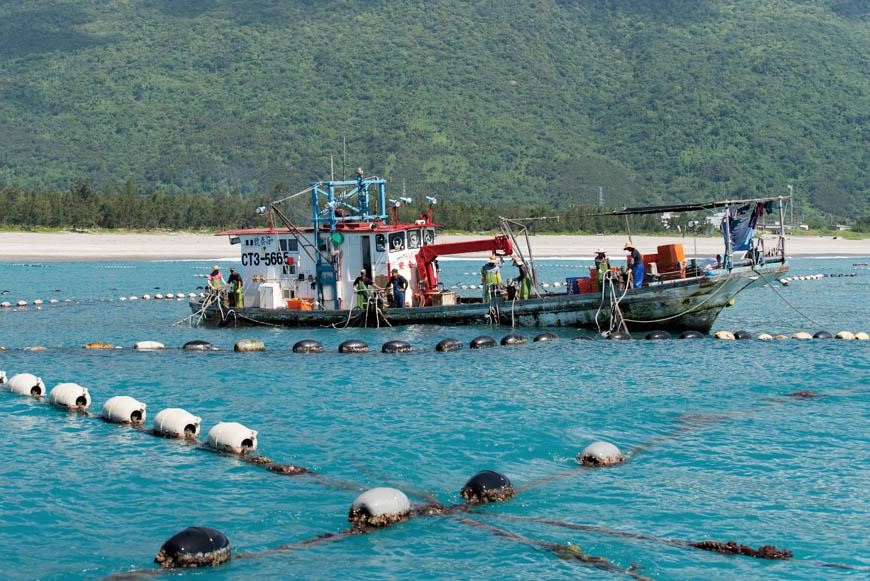
Pups provide hope
The existence of nine bowmouth guitarfish pups in one place felt both miraculous and daunting.
Fan and the Seattle Aquarium contacted additional conservation partners in the region and North America, knowing that accredited aquariums have animal care and species recovery expertise.
Late one night in January 2023, the pups—donated by Fan—arrived from Taiwan to the Seattle Aquarium’s offsite Animal Care Center. There, eight pups would quarantine and receive care for several weeks before moving to teams at the Georgia Aquarium, Shedd Aquarium and Disney’s Animals, Science and Environment. And one female pup would remain in Seattle.
No time to waste
Globally, around 400 species of elasmobranchs—sharks and rays—are threatened, largely due to overfishing. In fact, an estimated 100 million individual sharks are killed by people every year. Fishing records for bowmouth guitarfish suggest we’ve lost more than 80 percent of the species in recent years.
Meanwhile, accredited aquariums have been caring for bowmouth guitarfish since 2005. In 2014, a bowmouth guitarfish pup was born in an aquarium for the first time.
We’re still learning about these solitary, elusive fish. We know that they live in relatively shallow, coastal waters, where they stay close to sandy bottoms. They like to crunch on the crustaceans and mollusks they find on the ocean floor. (The bowmouth guitarfish who will live at the Aquarium’s new Ocean Pavilion eats restaurant-quality, sustainably sourced lobster, shrimp and bony fish.)
Though bowmouth guitarfish are rare, they are also wide-ranging. They’re found in coastal areas throughout the Indo-West Pacific, including from South Africa north to the Middle East, South Asia, Southeast Asia, north to Japan and south to Australia. This range provides the chance for many communities and people to be part of the effort to restore their numbers.
Sharing knowledge is key
In November 2023, Fred Fan, aquariums from across the world, academic partners and conservation leaders met at Shedd Aquarium in Chicago to discuss the role aquariums can play in preventing bowmouth guitarfish from going extinct, as well as the structure and development of programs to aid in their recovery.
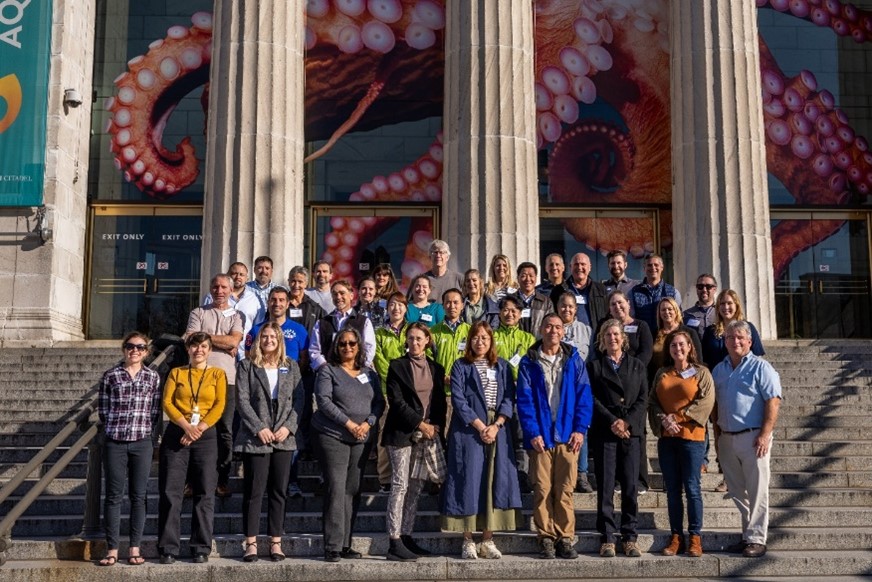
Restoring wild populations requires trust, partnership, expertise, genetic diversity of the species and time—the least available resource a critically endangered species has. Even so, there’s hope and a highly committed team of marine scientists, researchers and care experts working on these plans.
Beginning next summer, when you visit the Ocean Pavilion, you’ll meet the bowmouth guitarfish in our care and learn how you can join efforts to advocate for the survival of this ancient, fascinating species.
